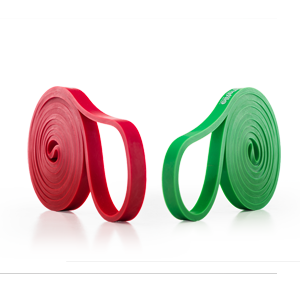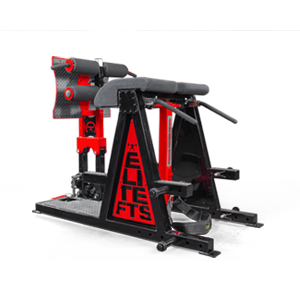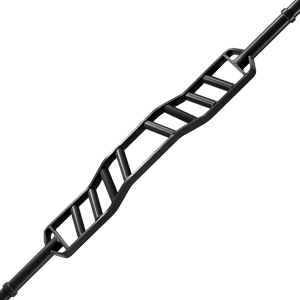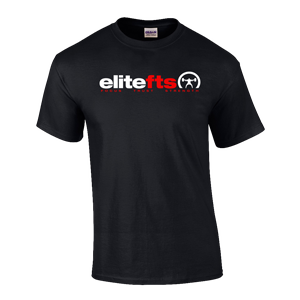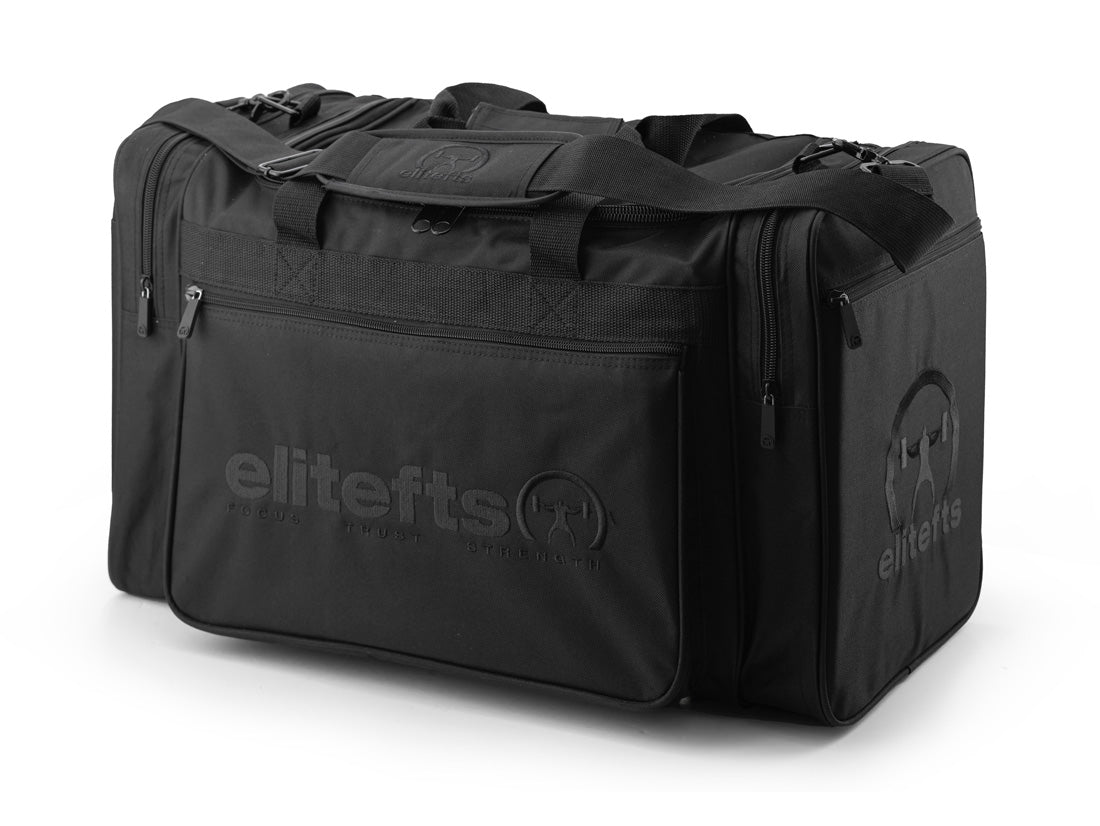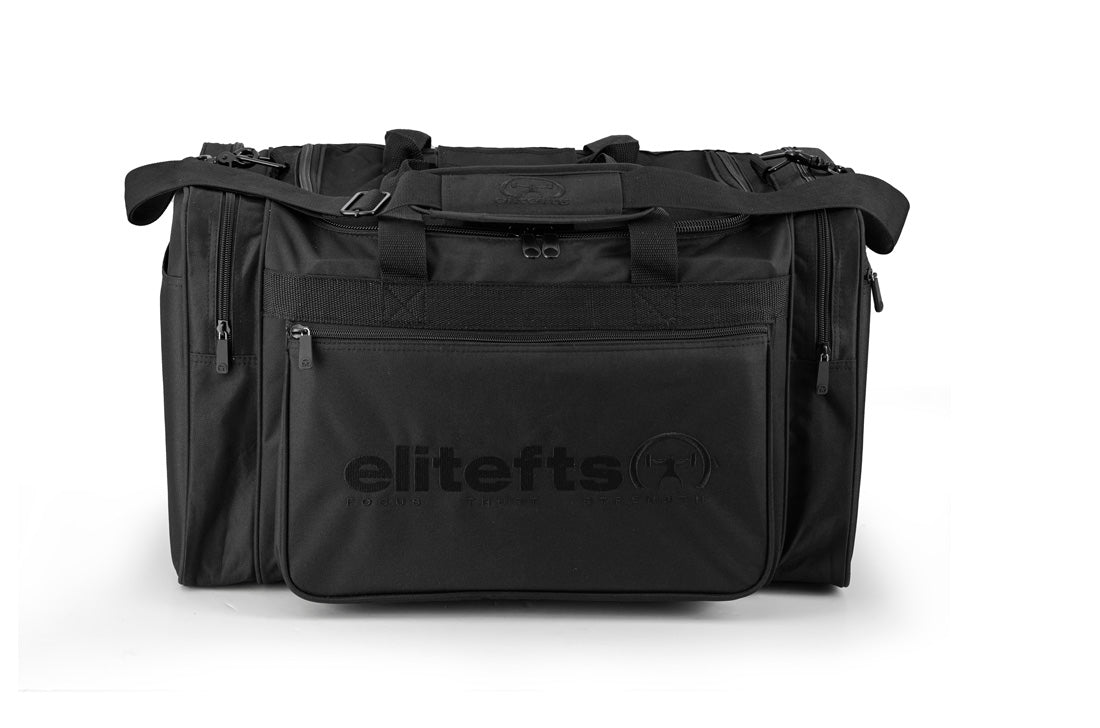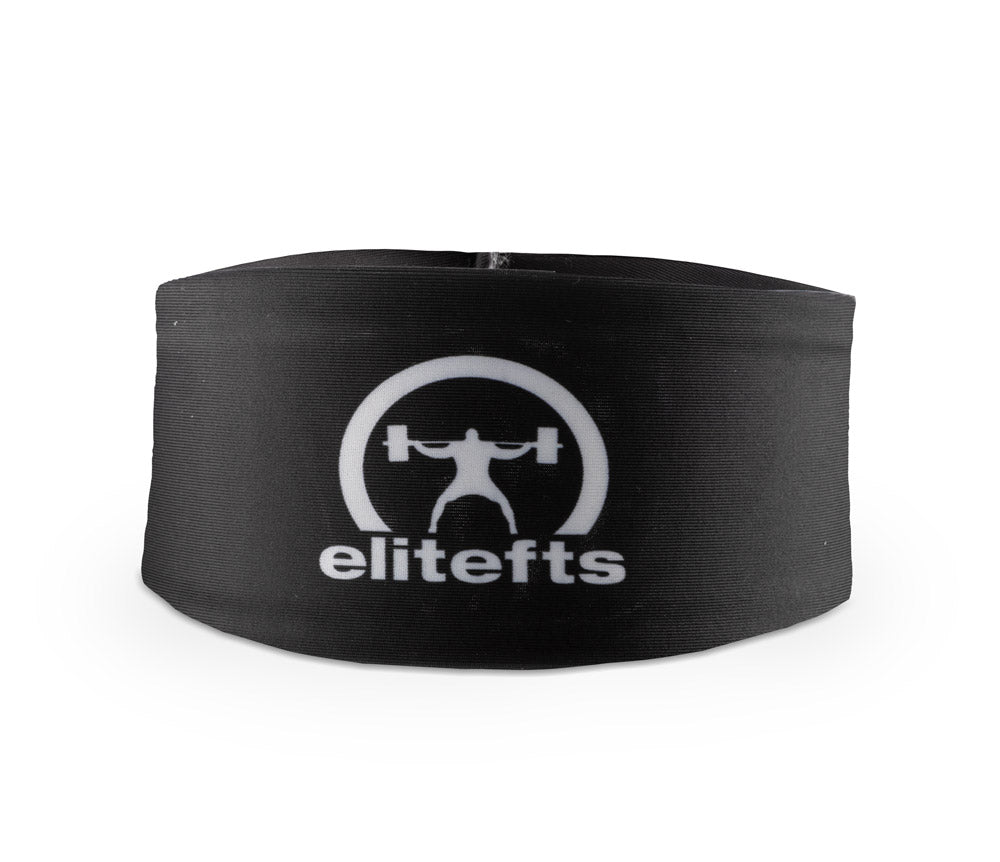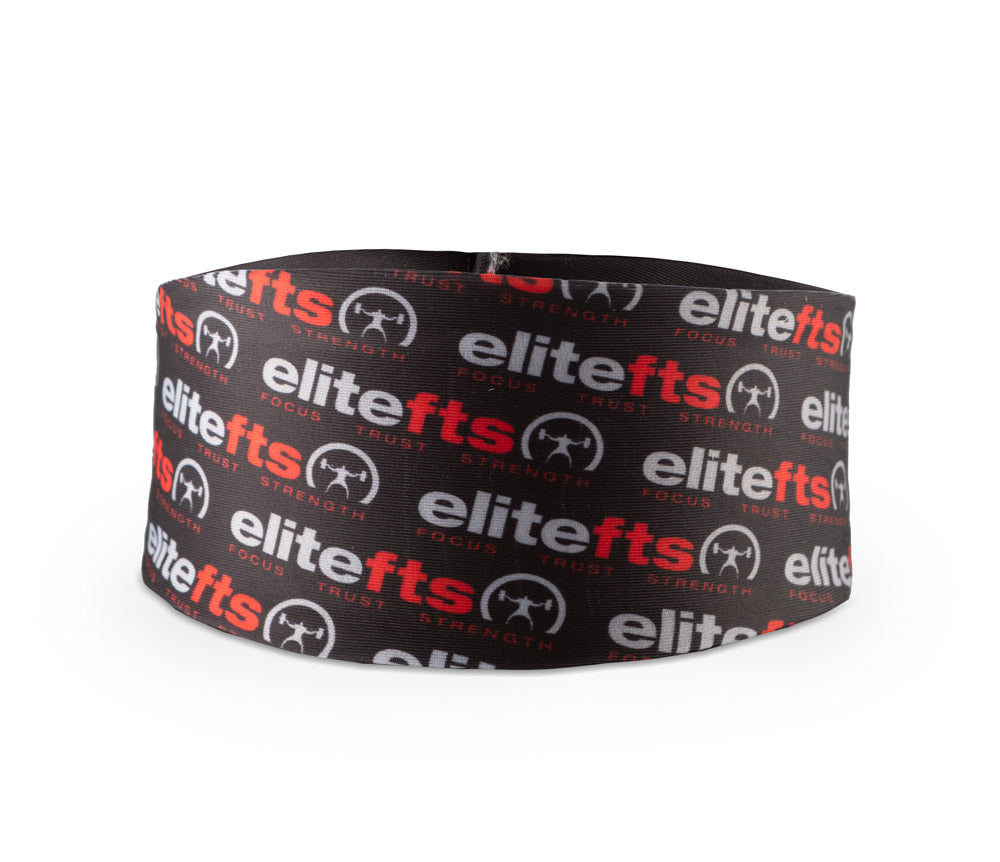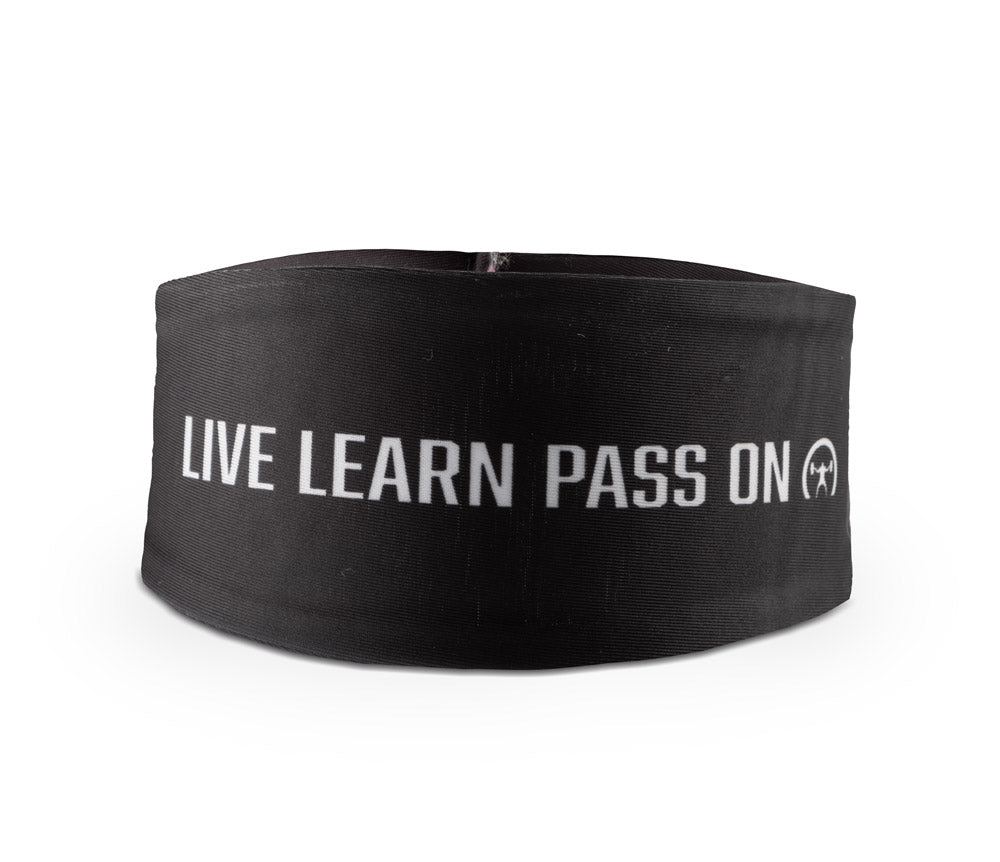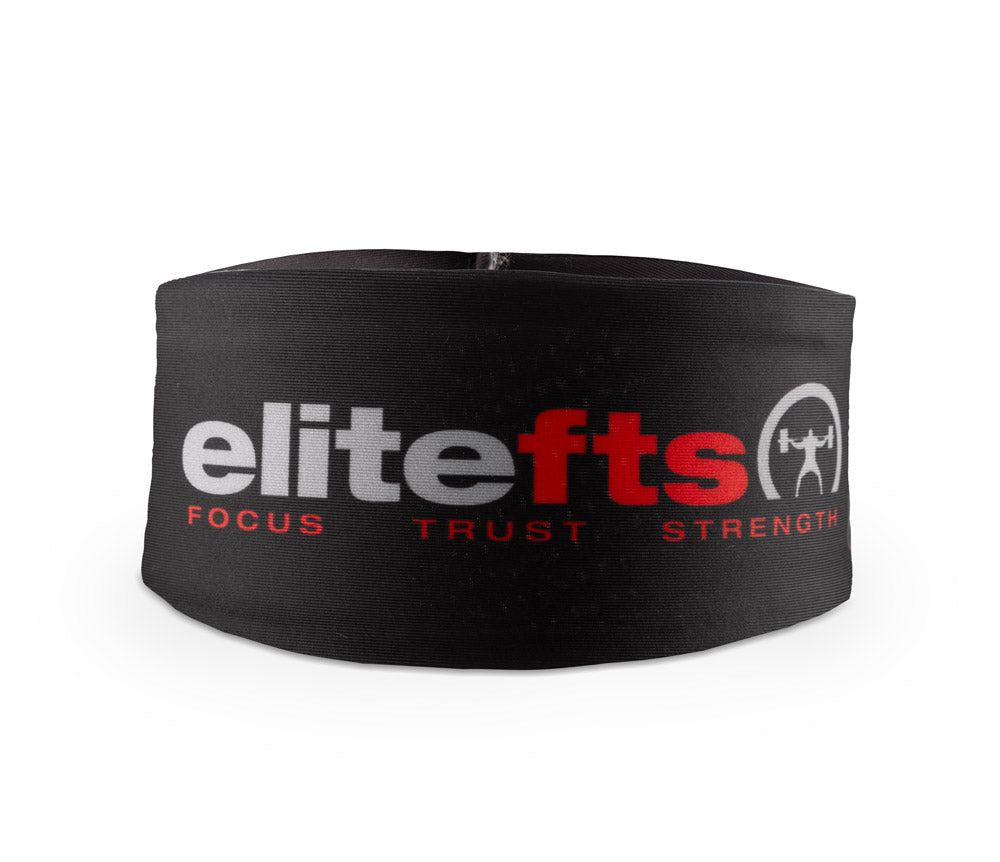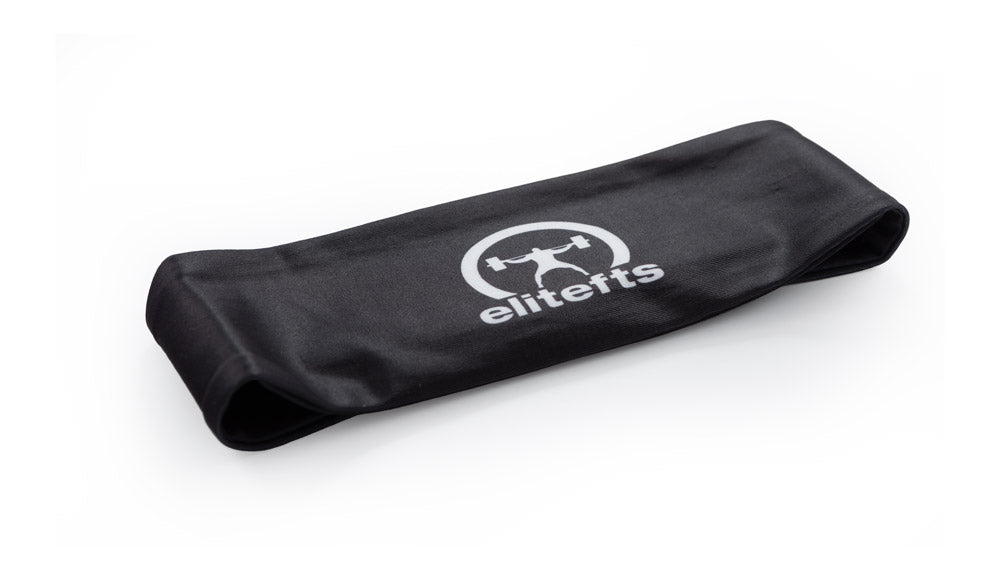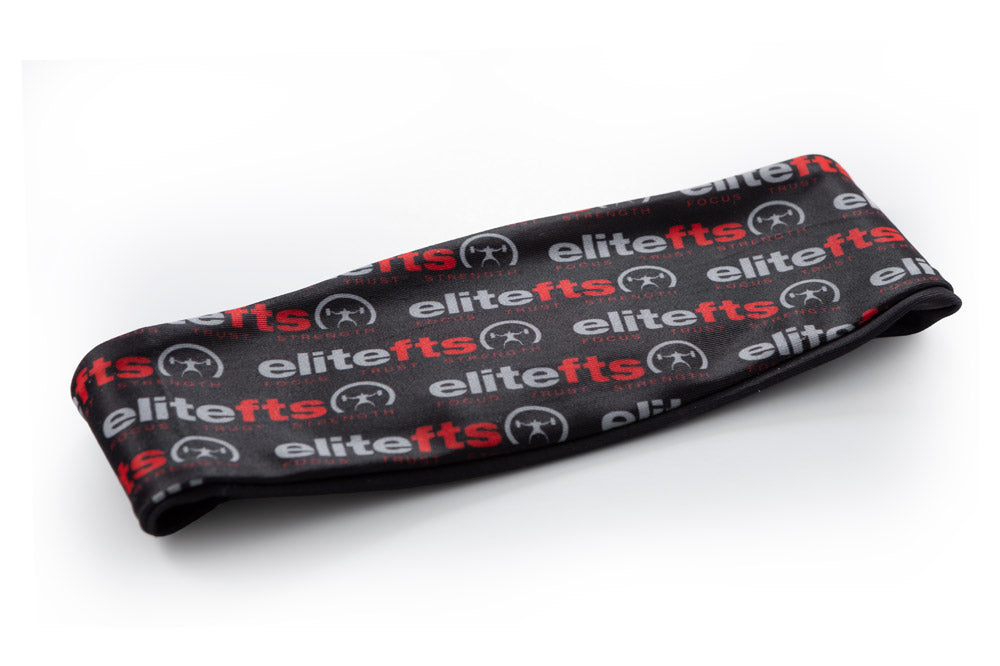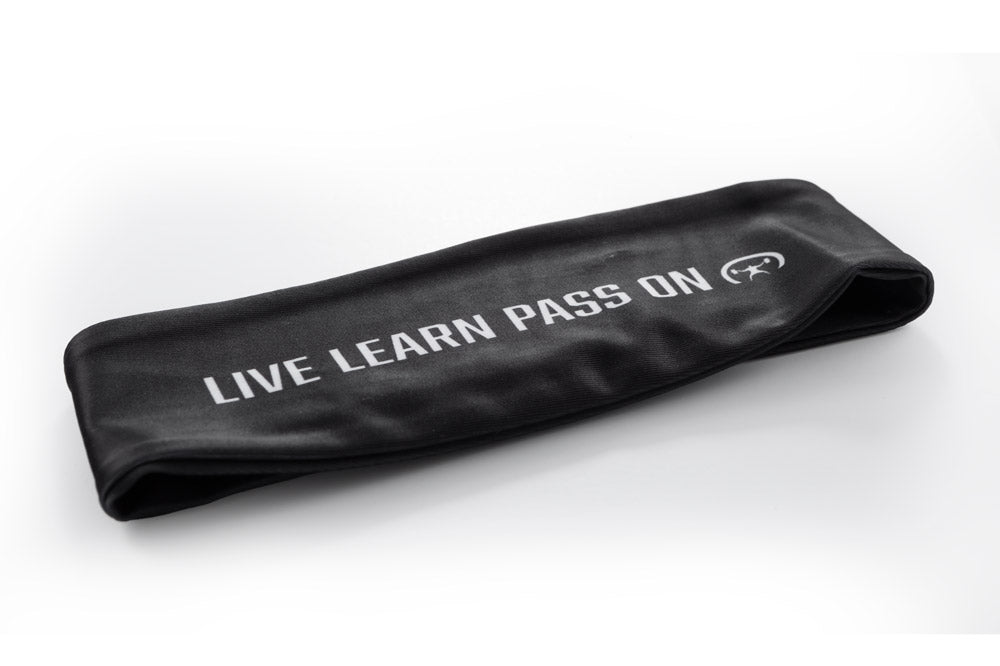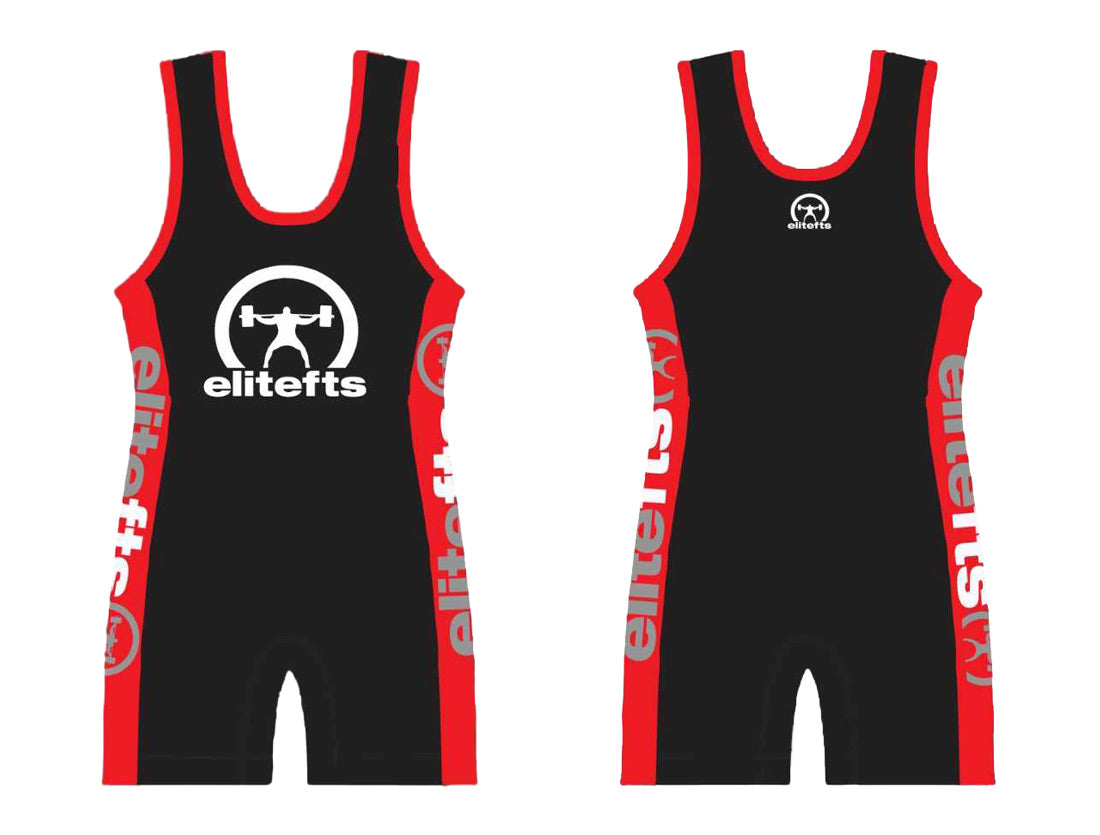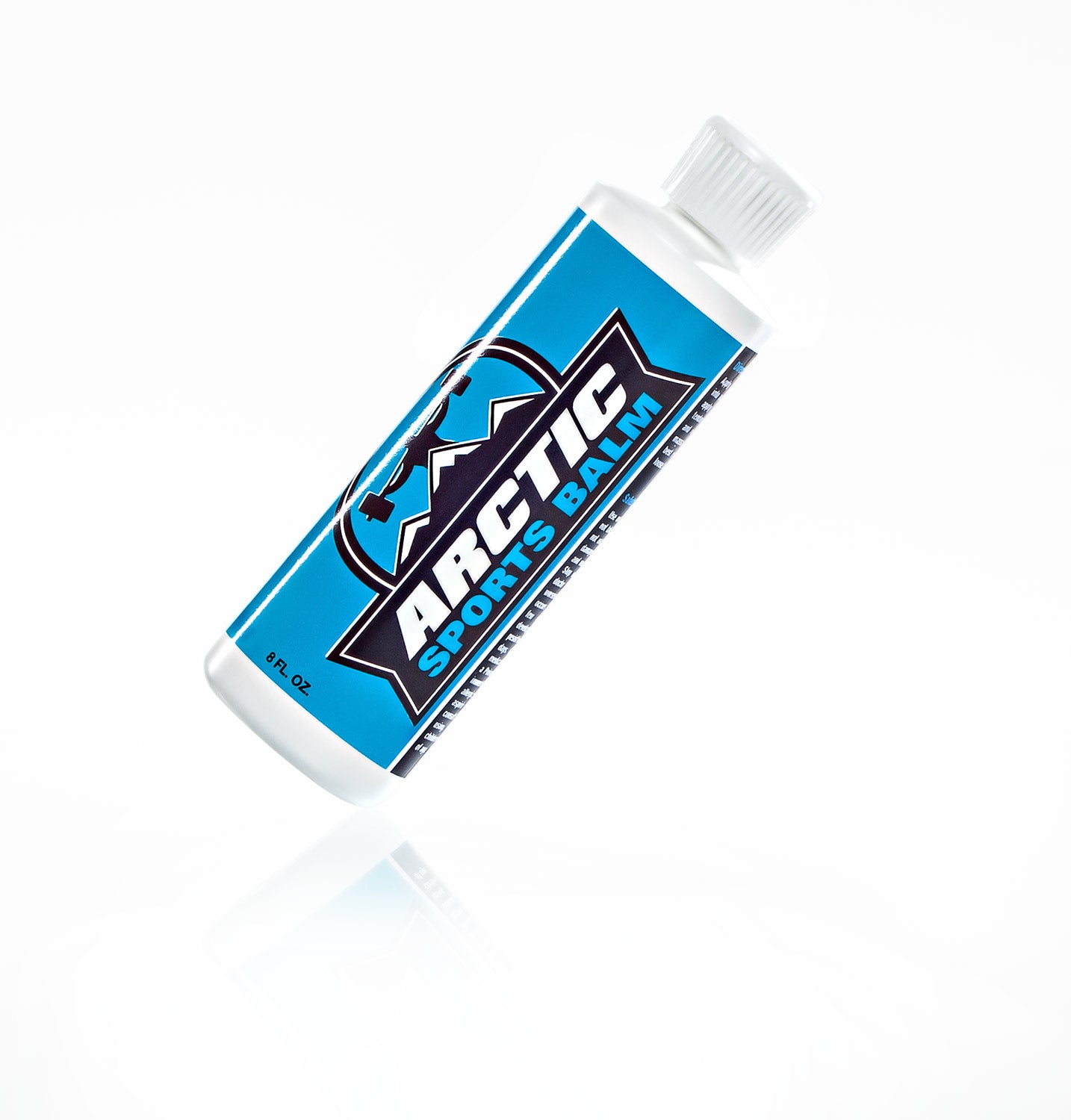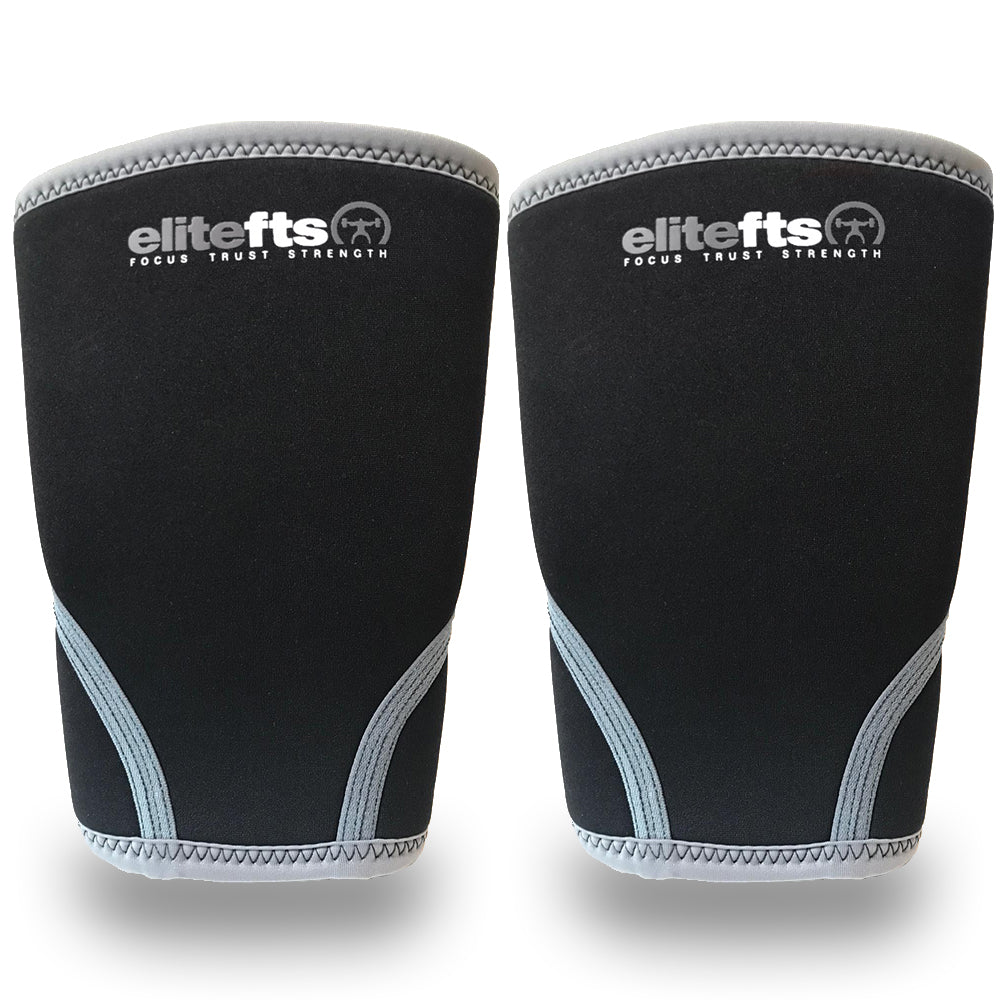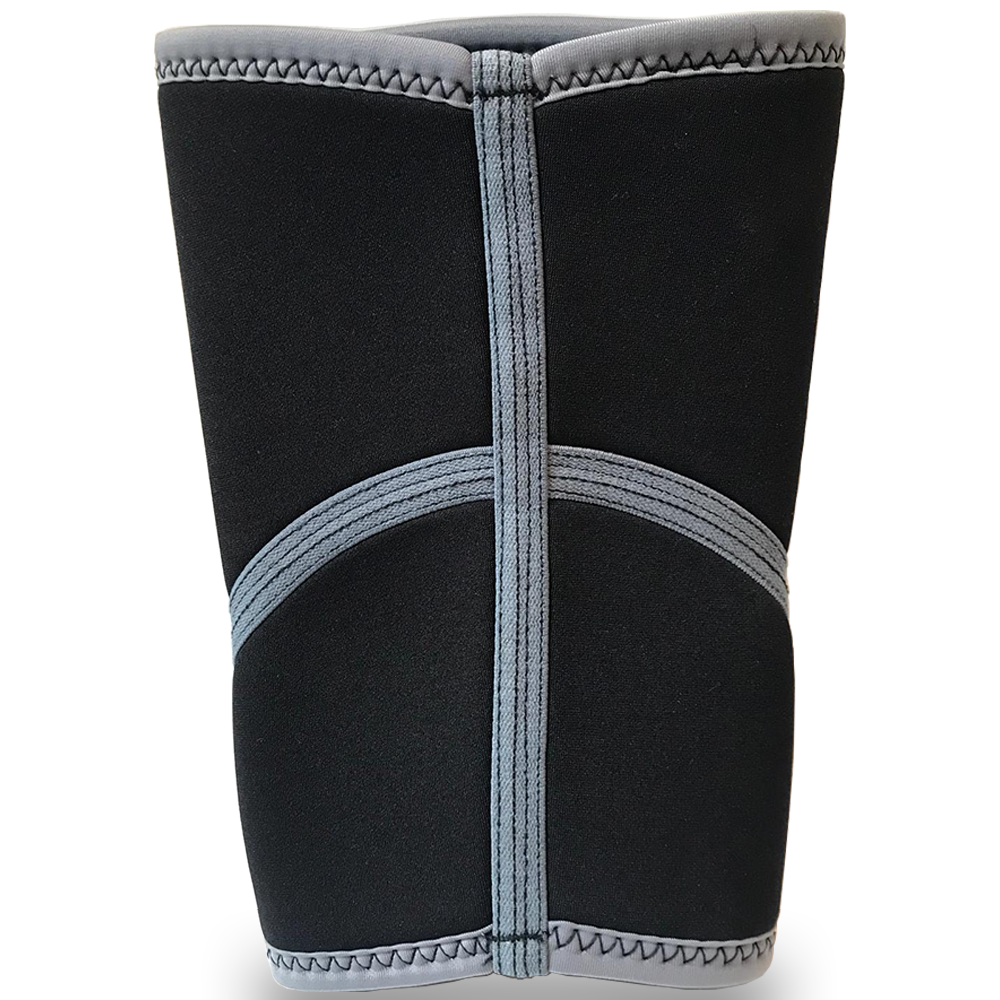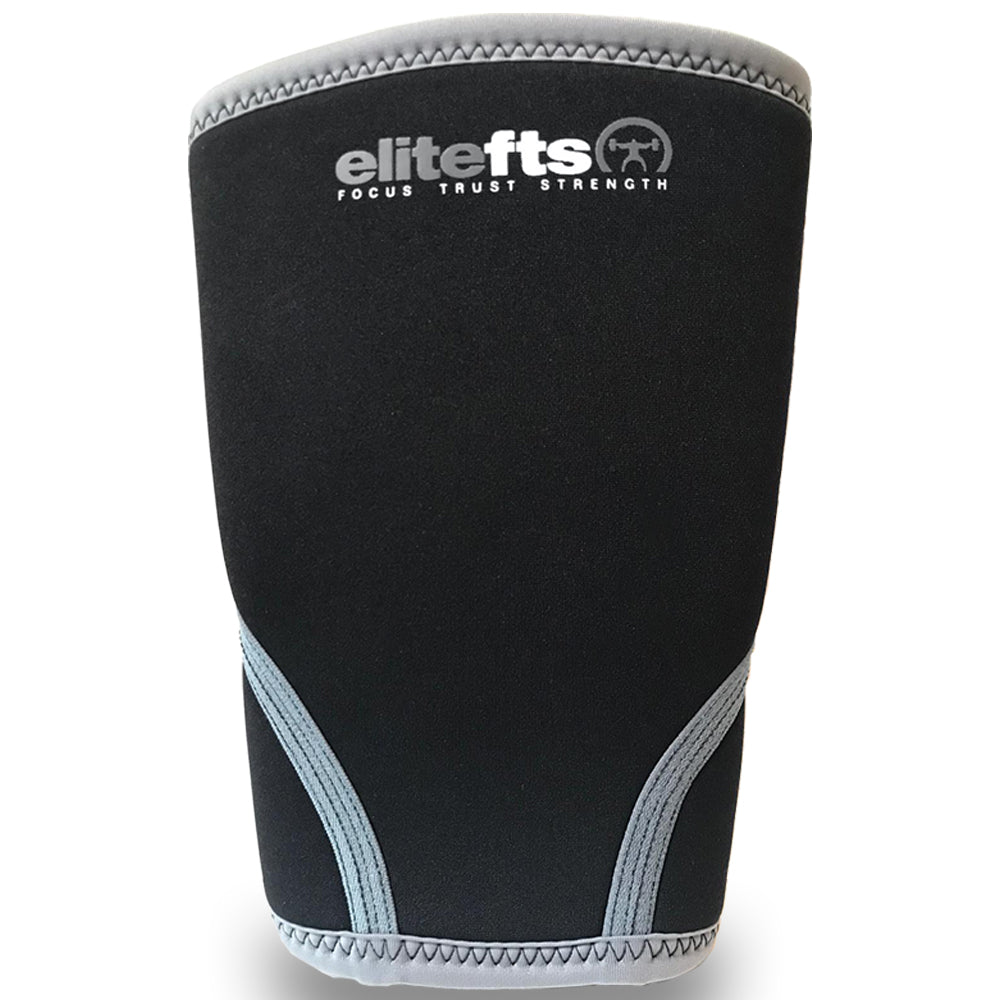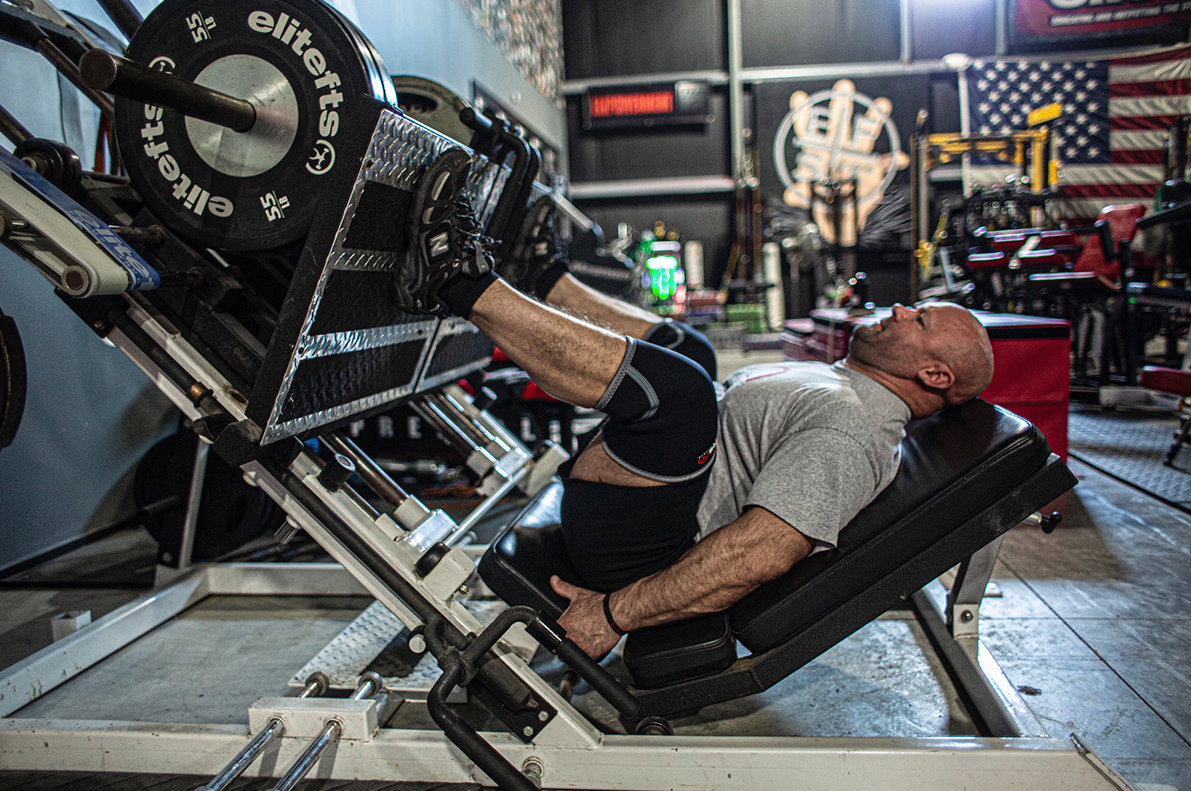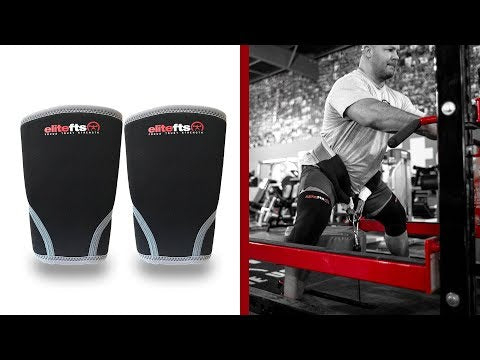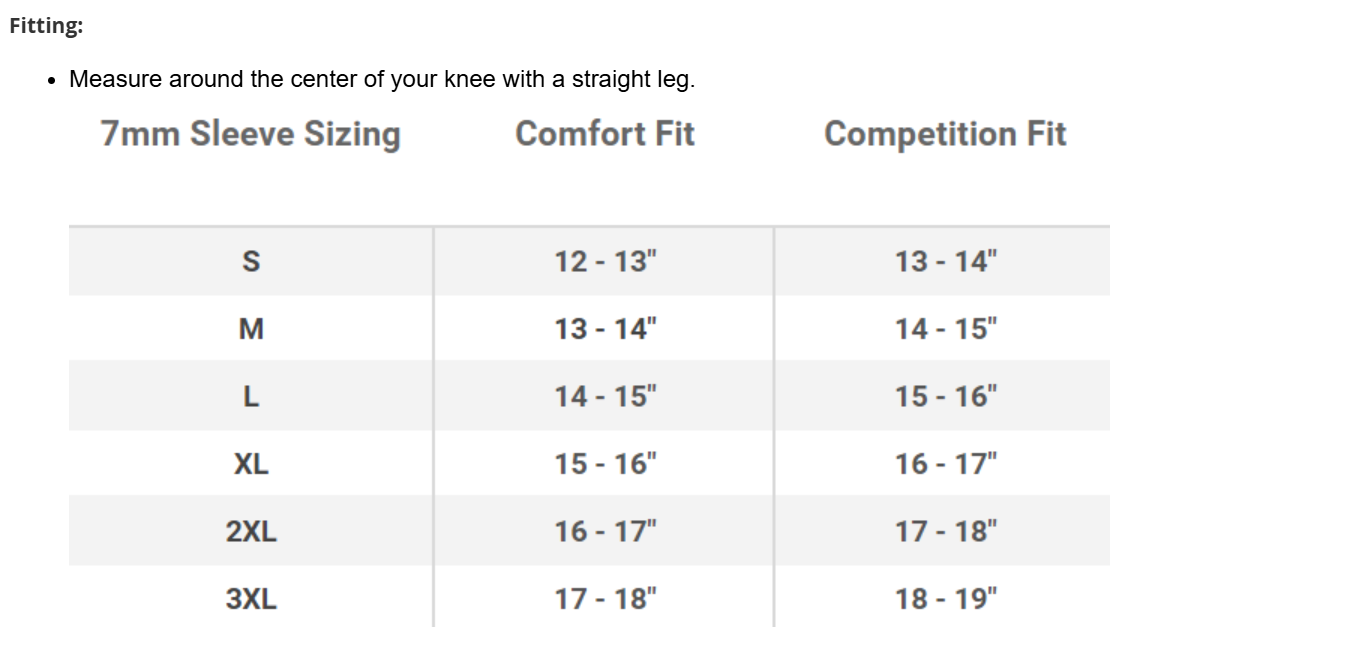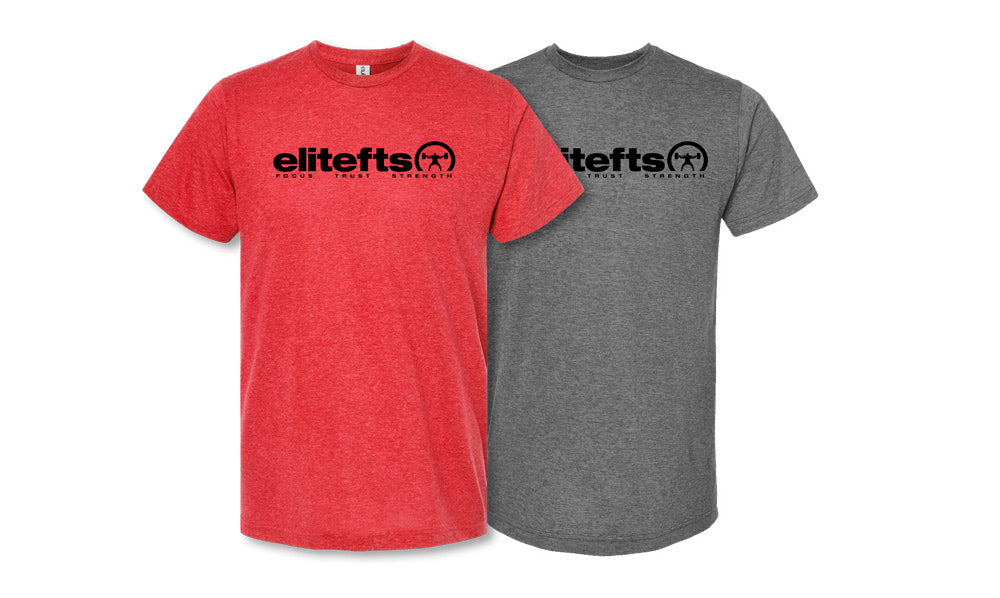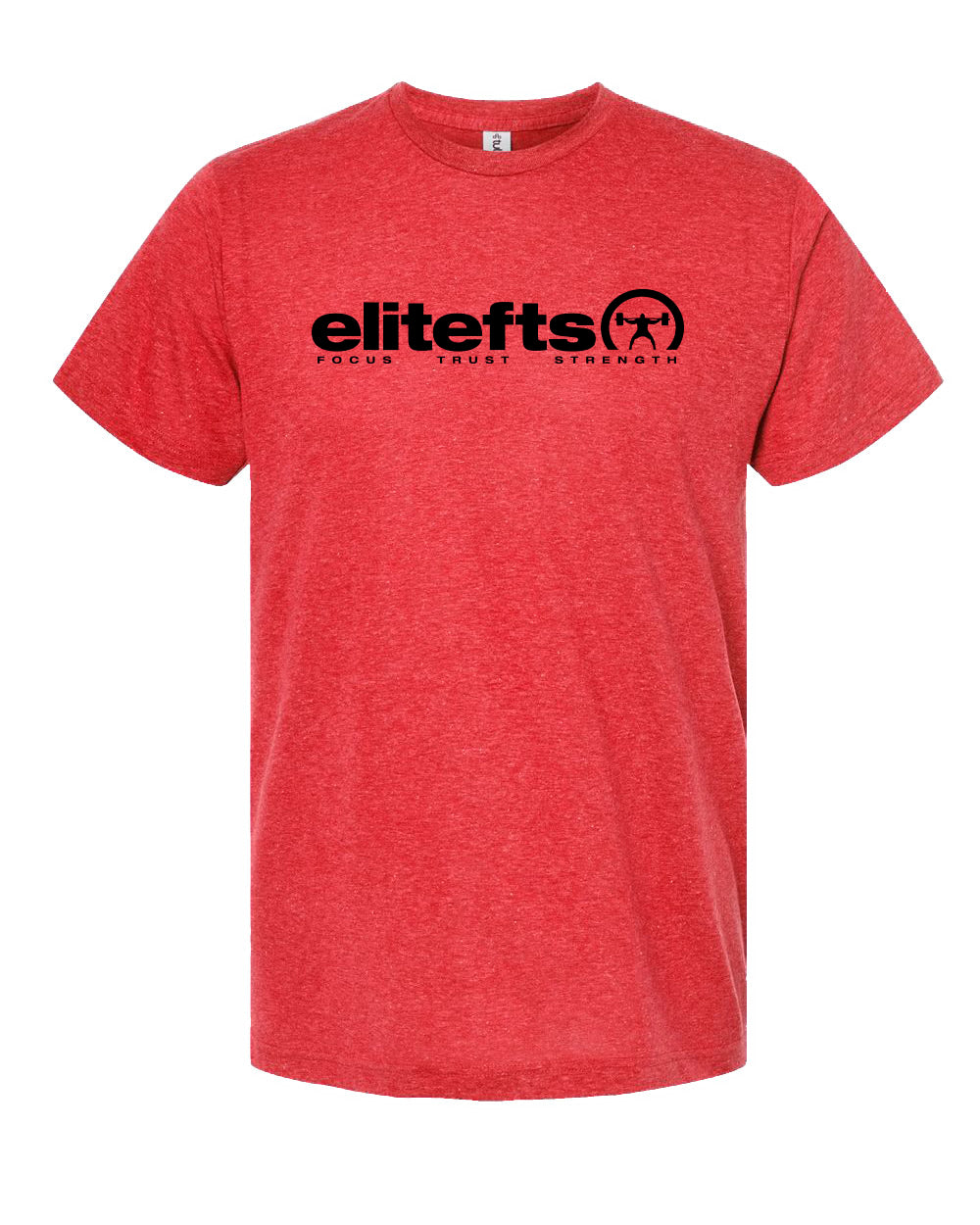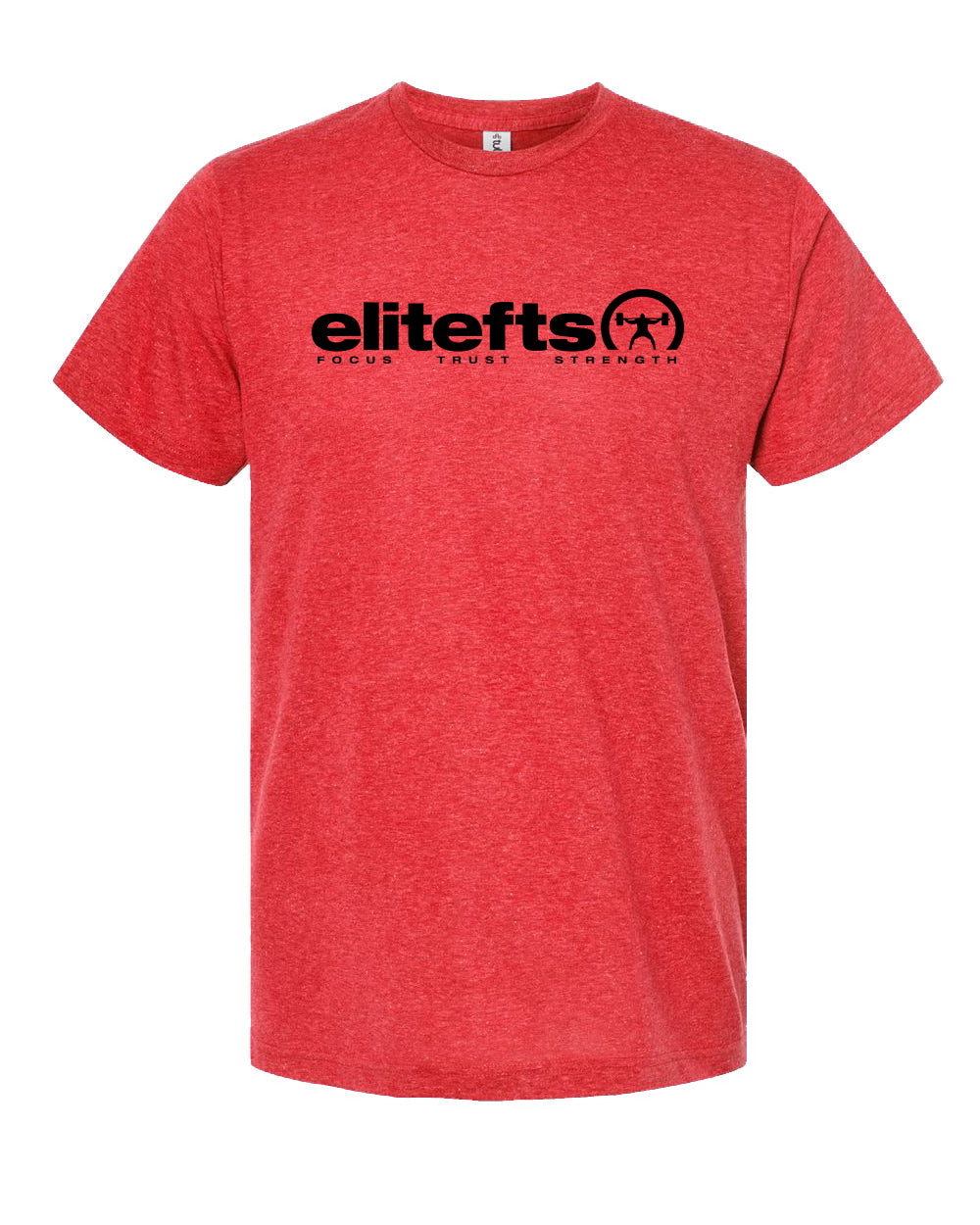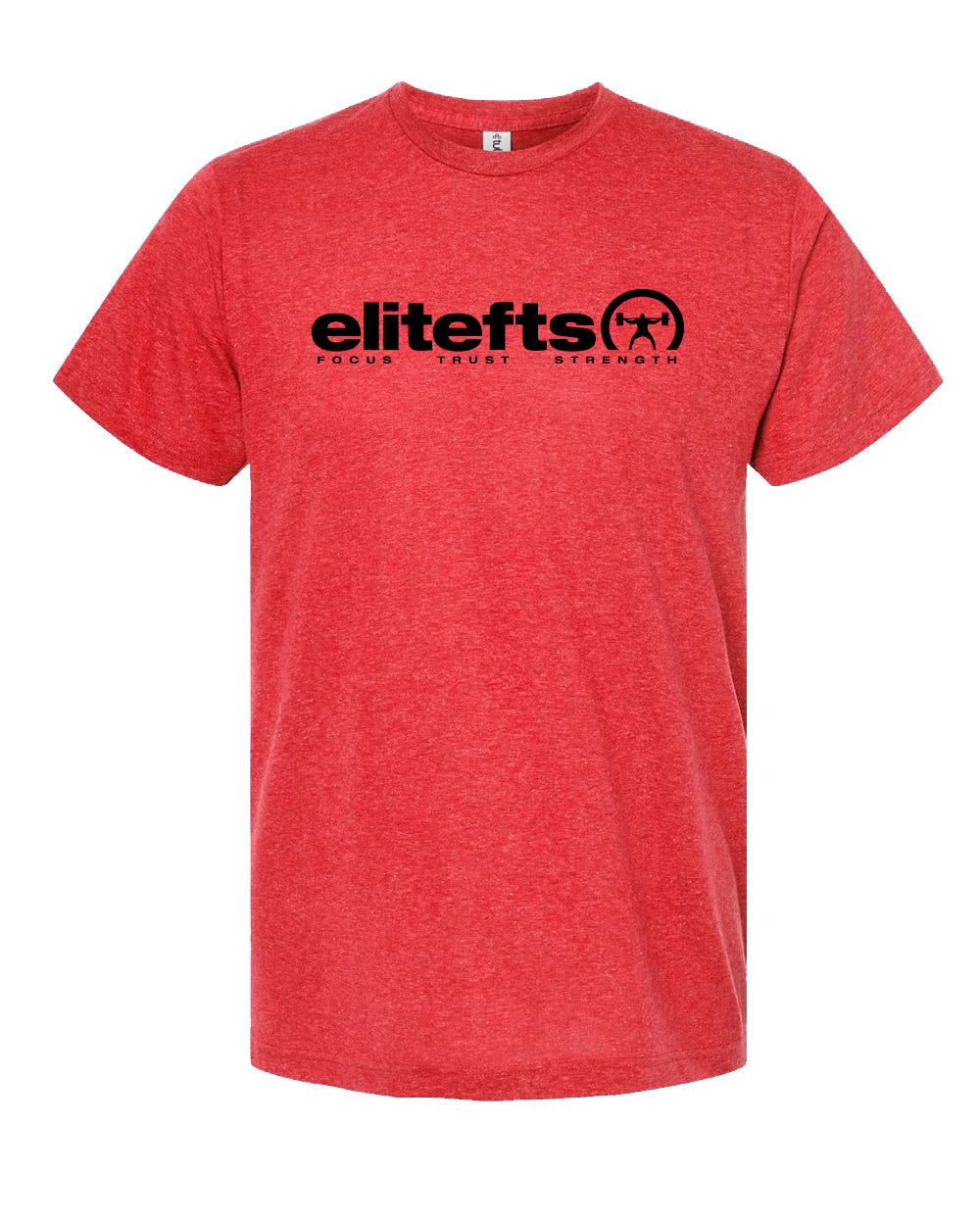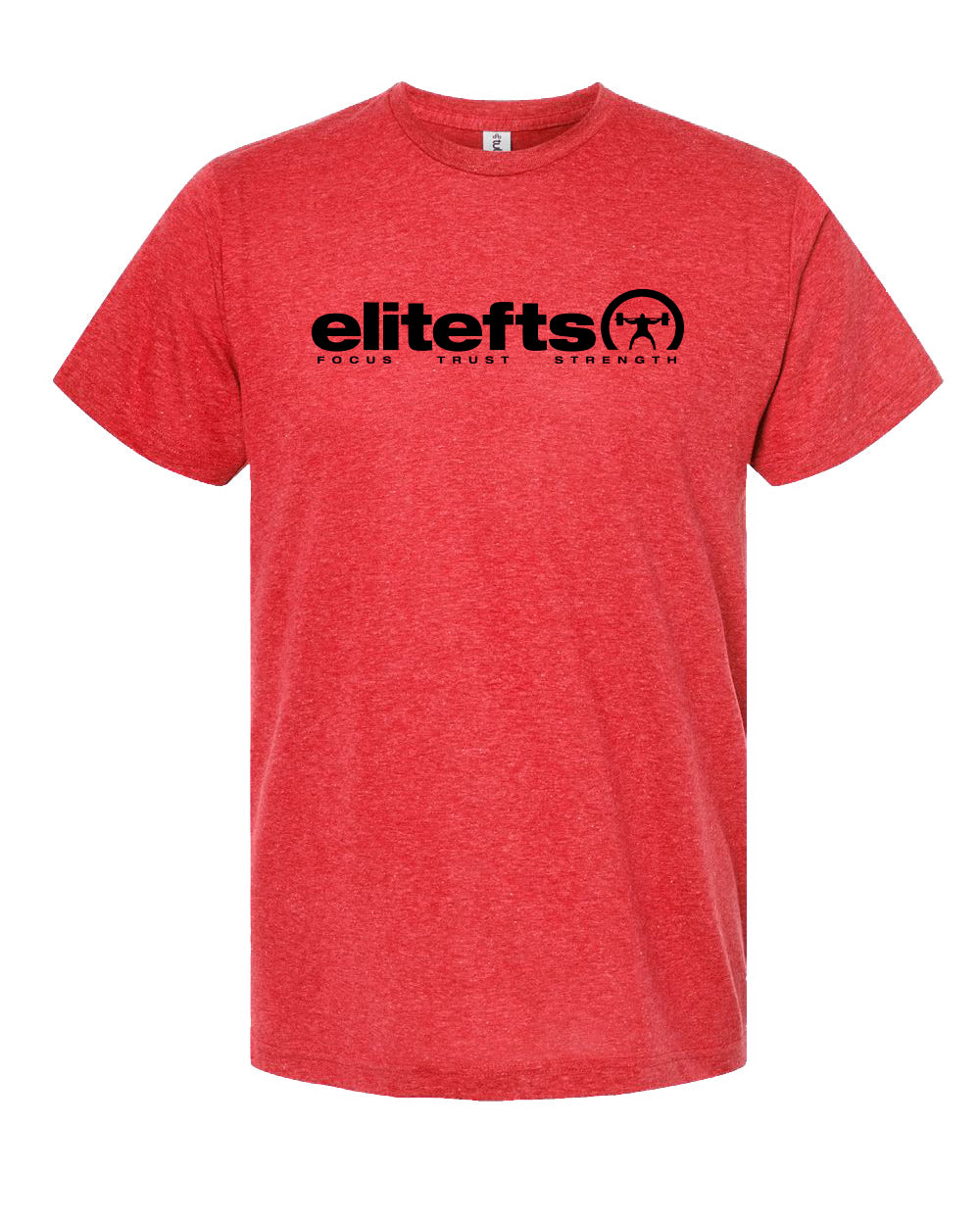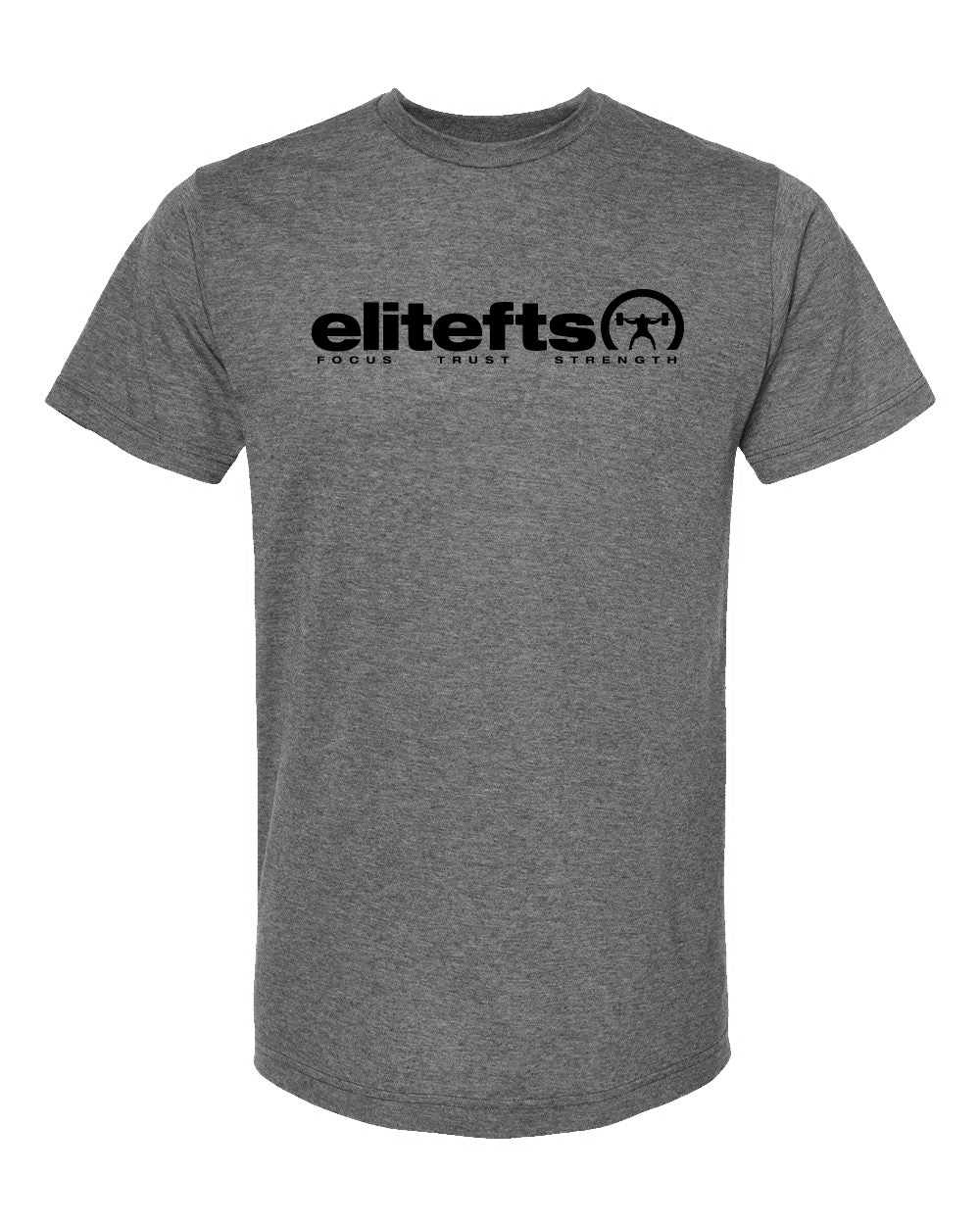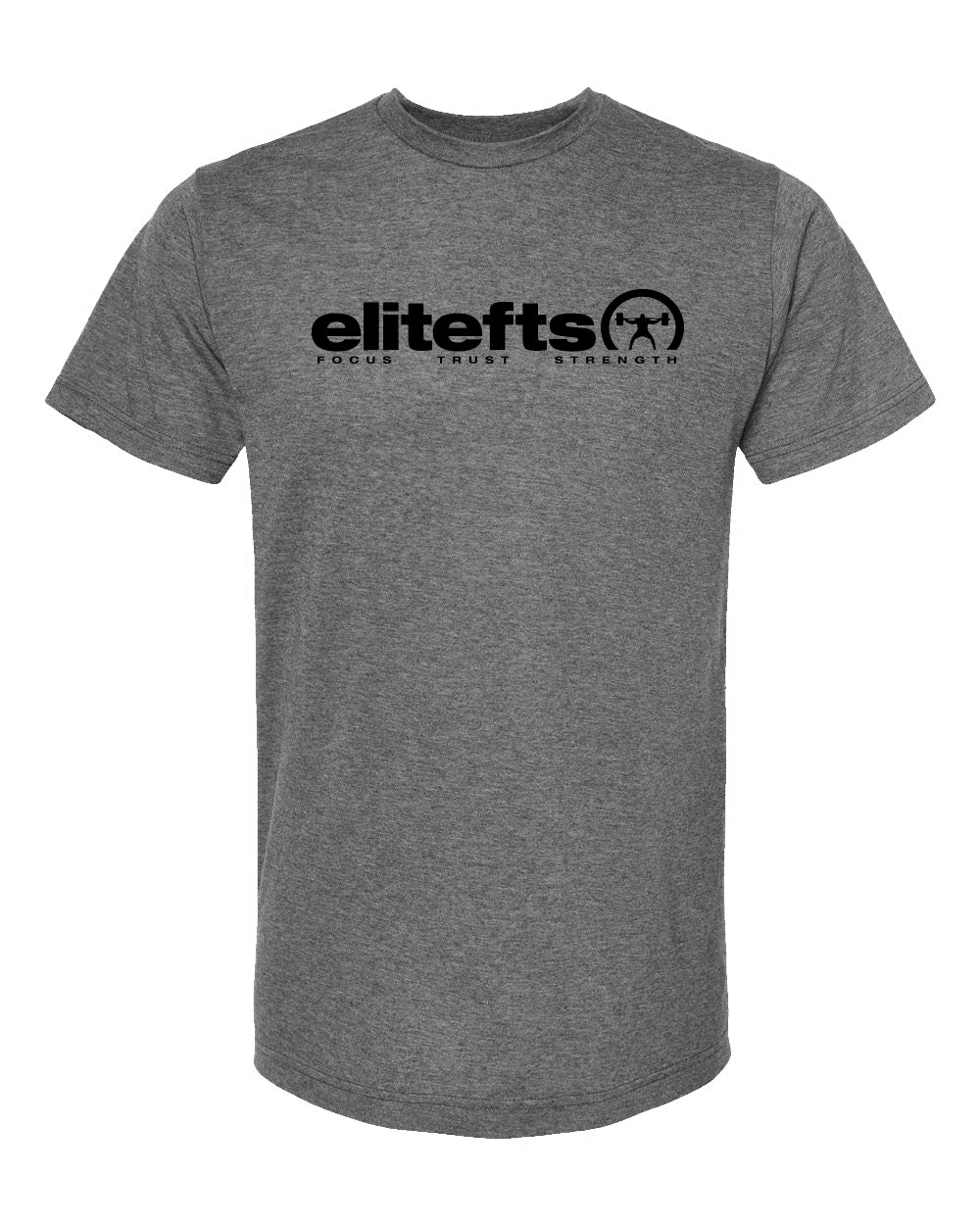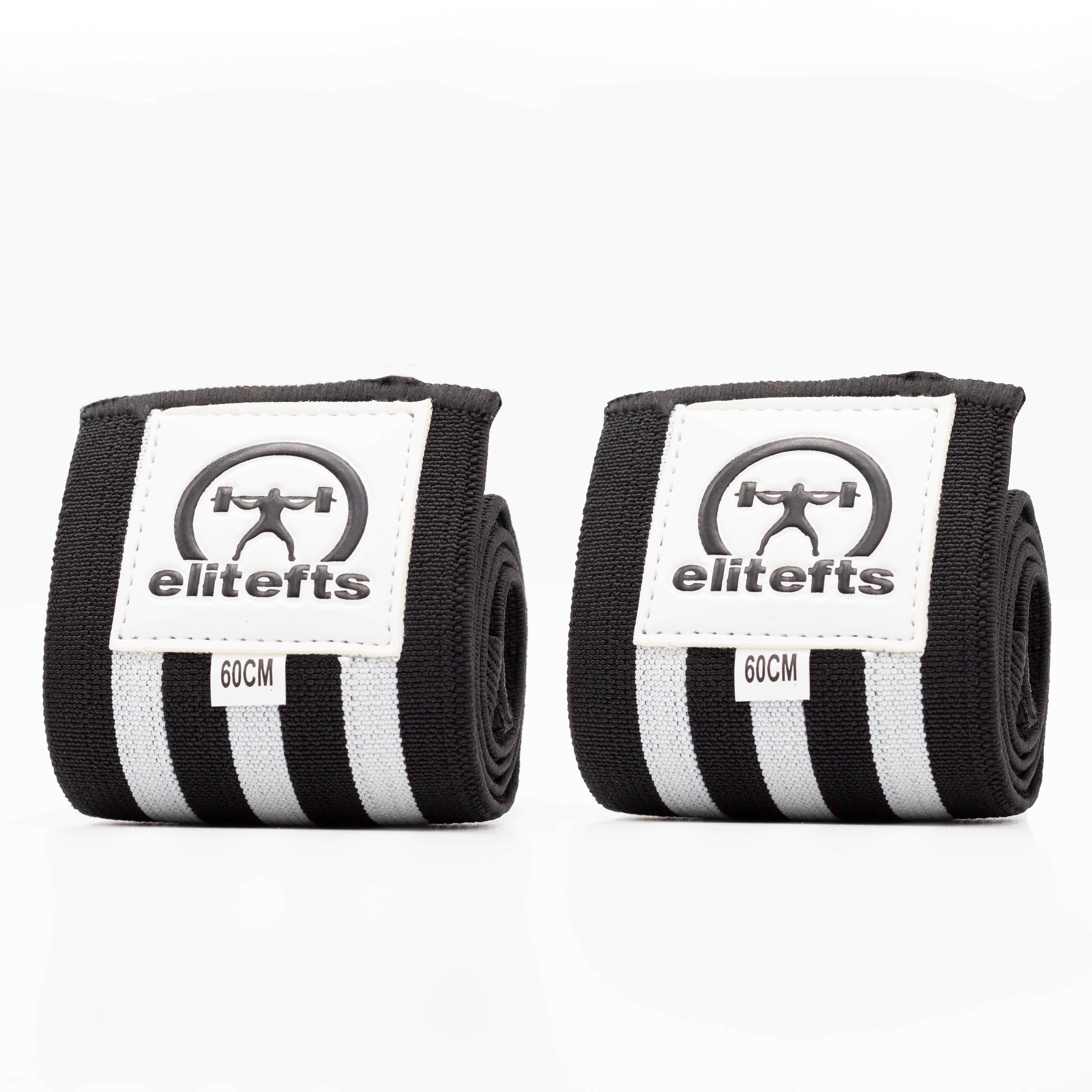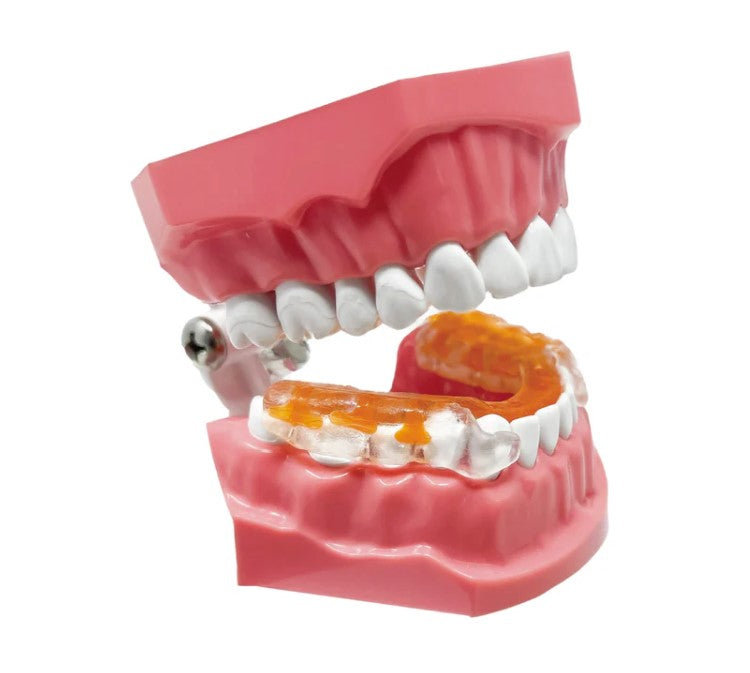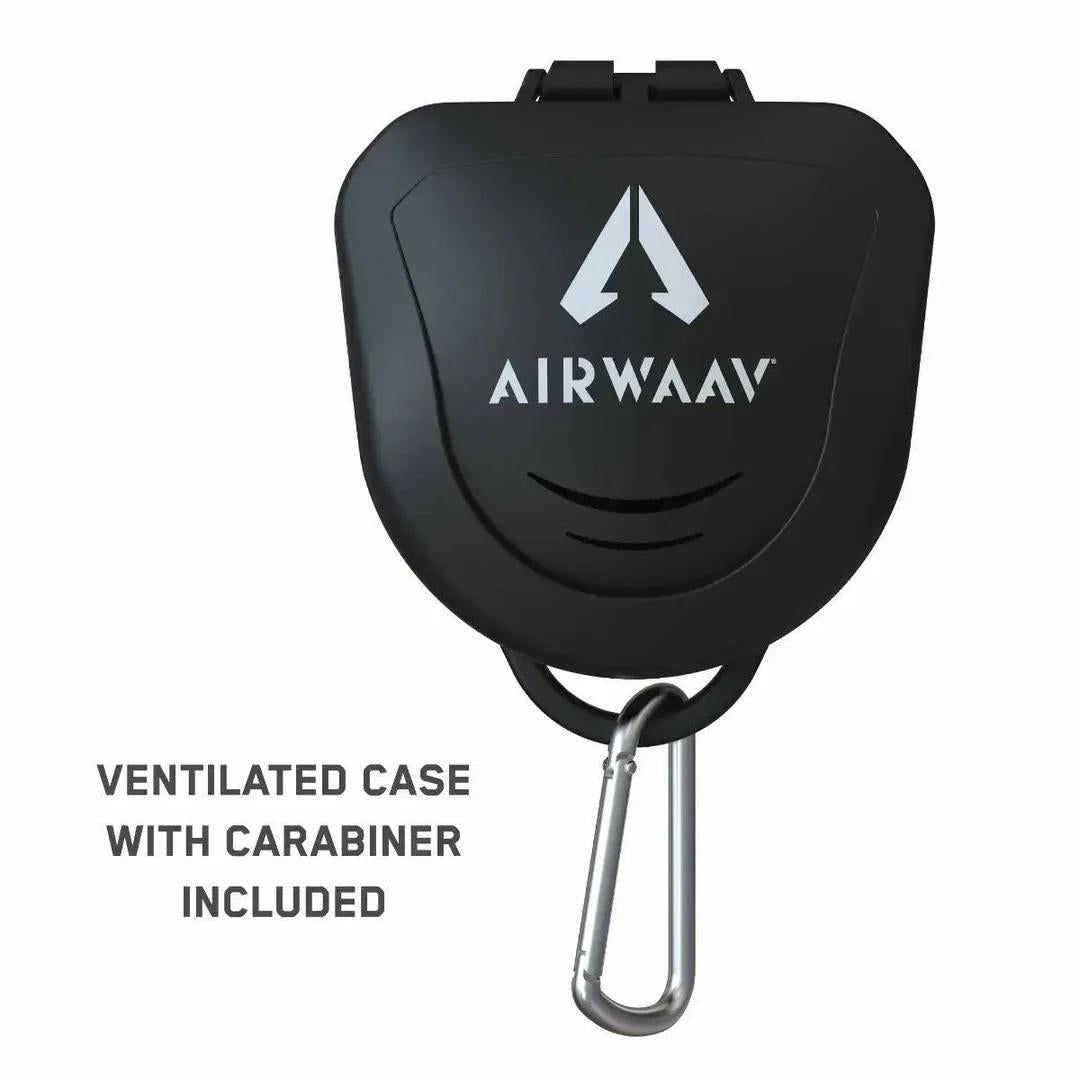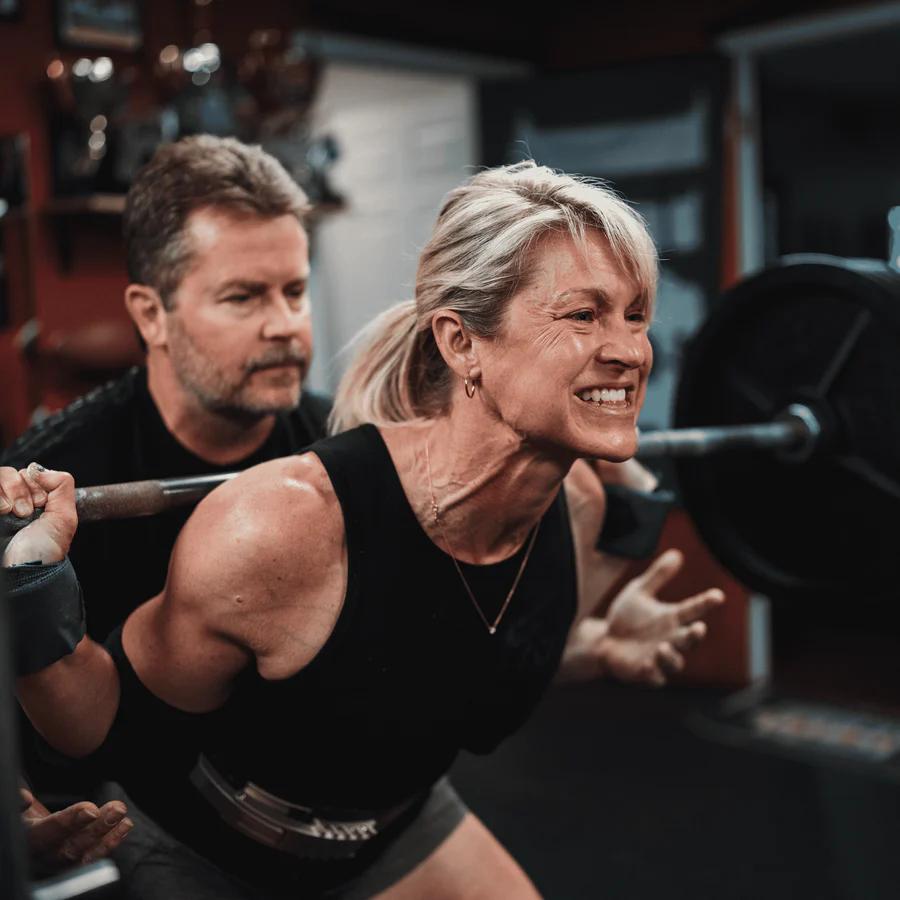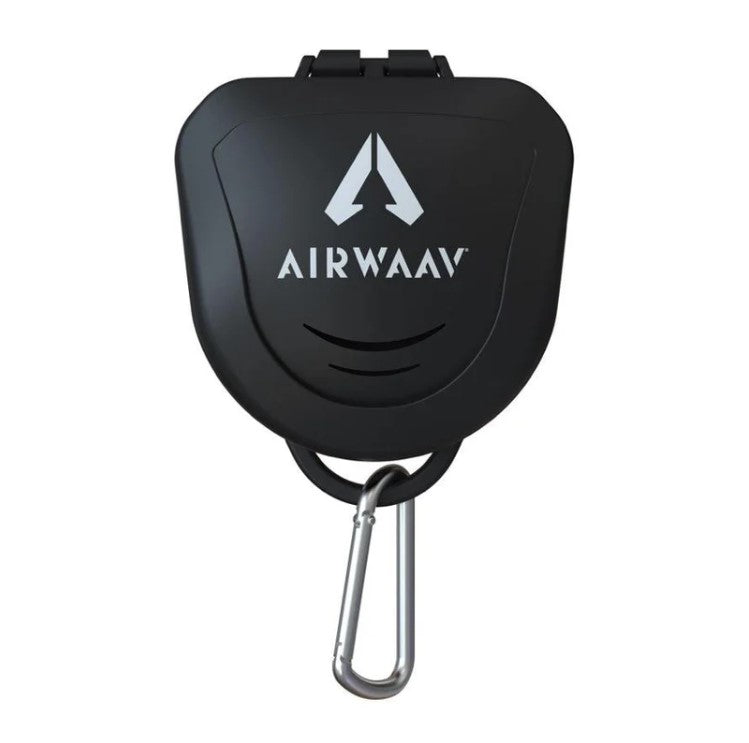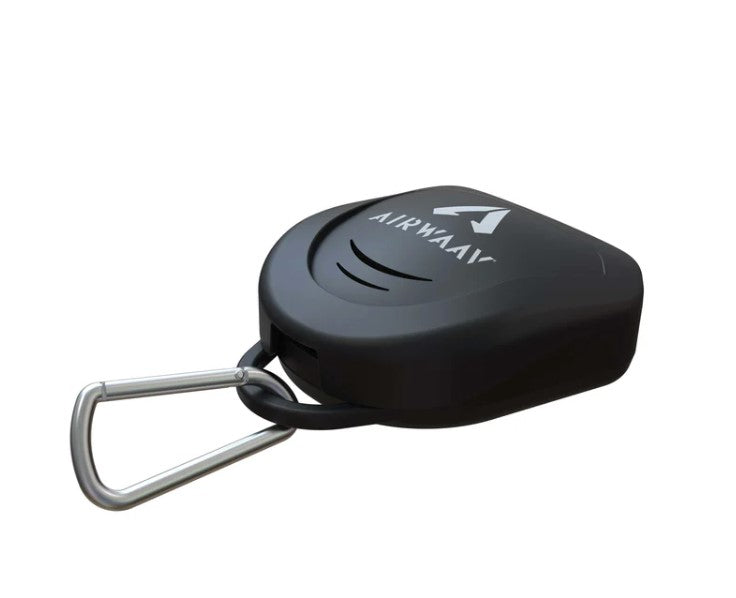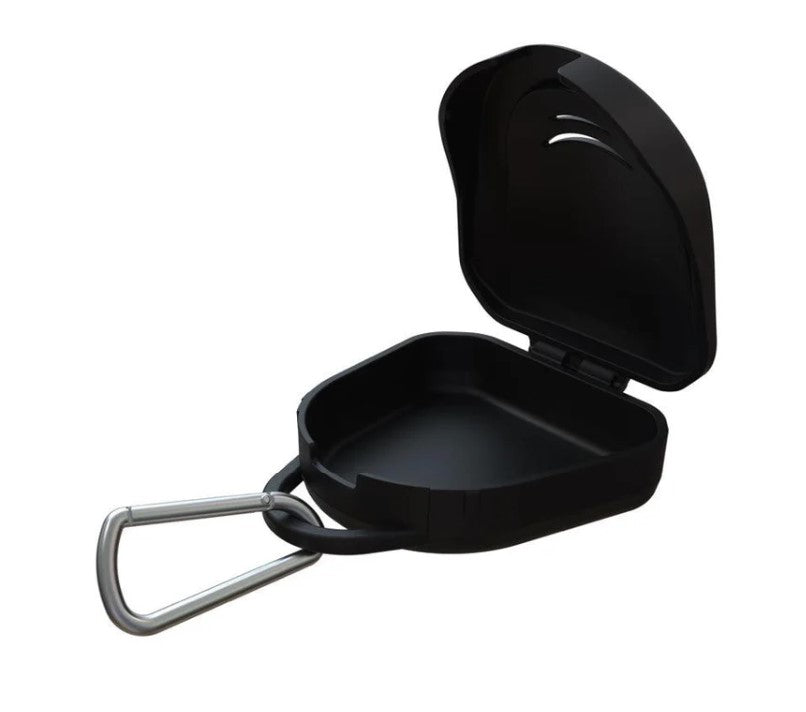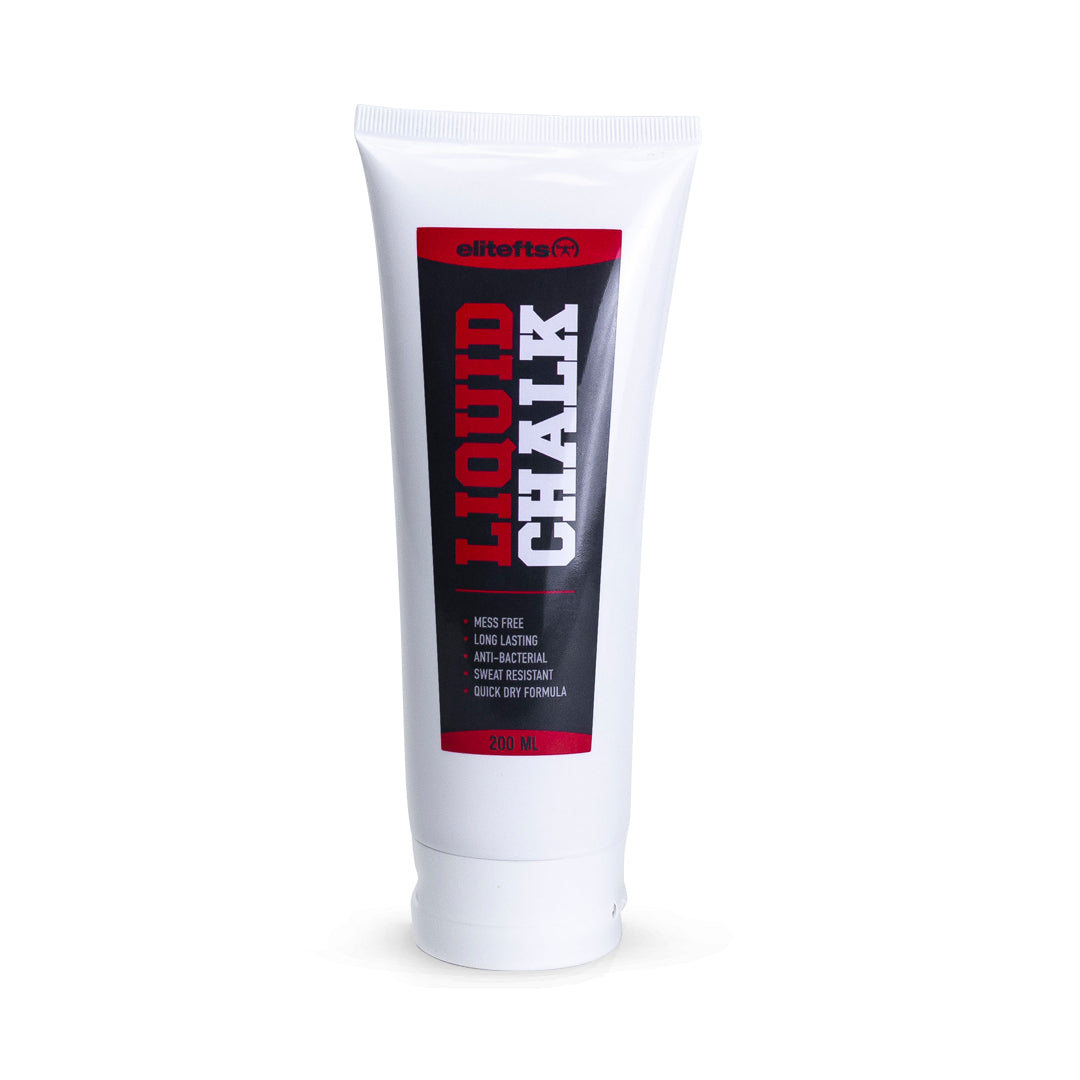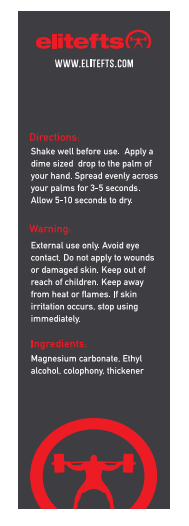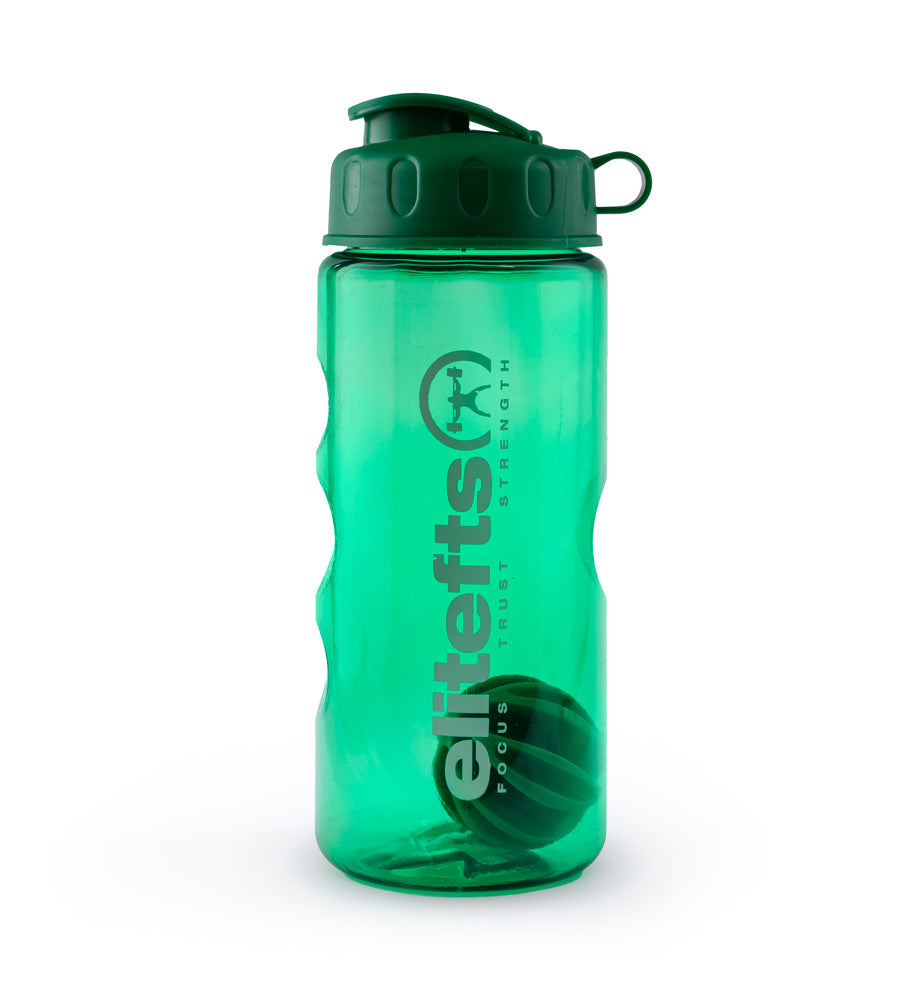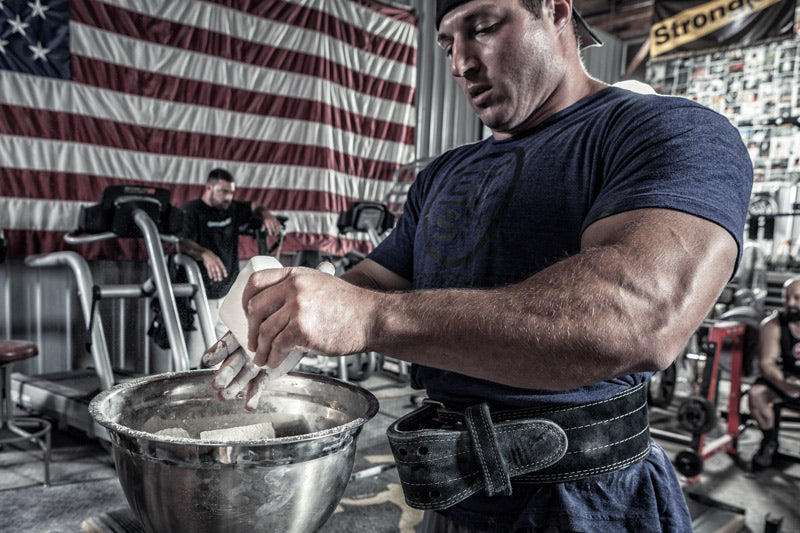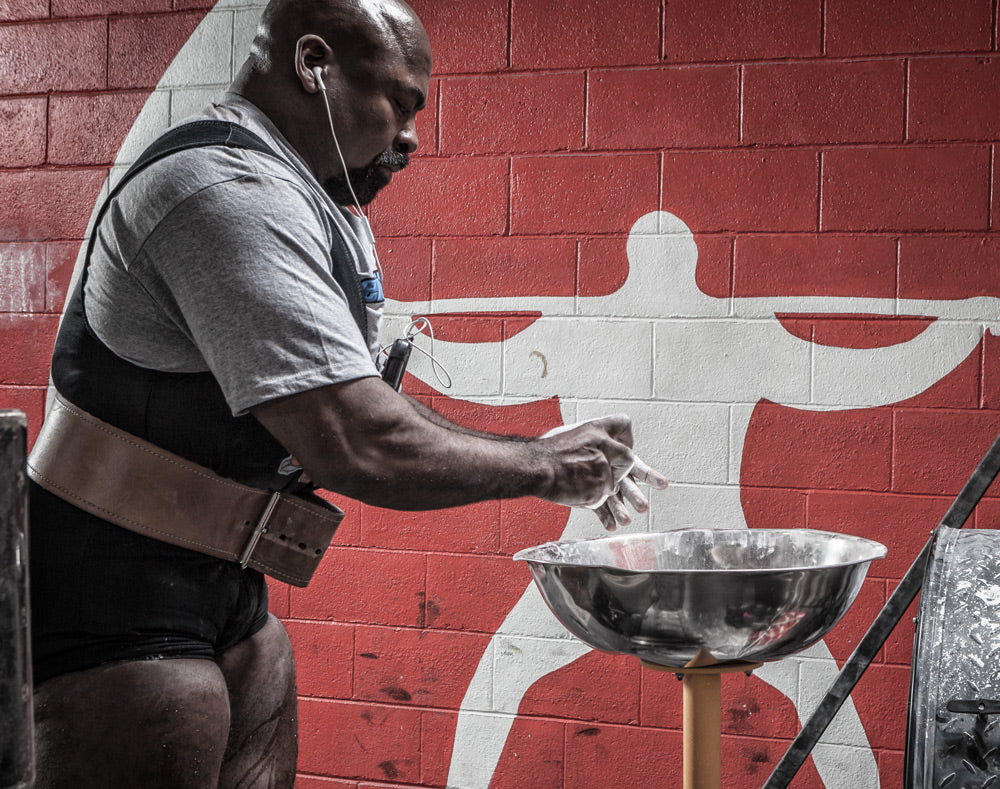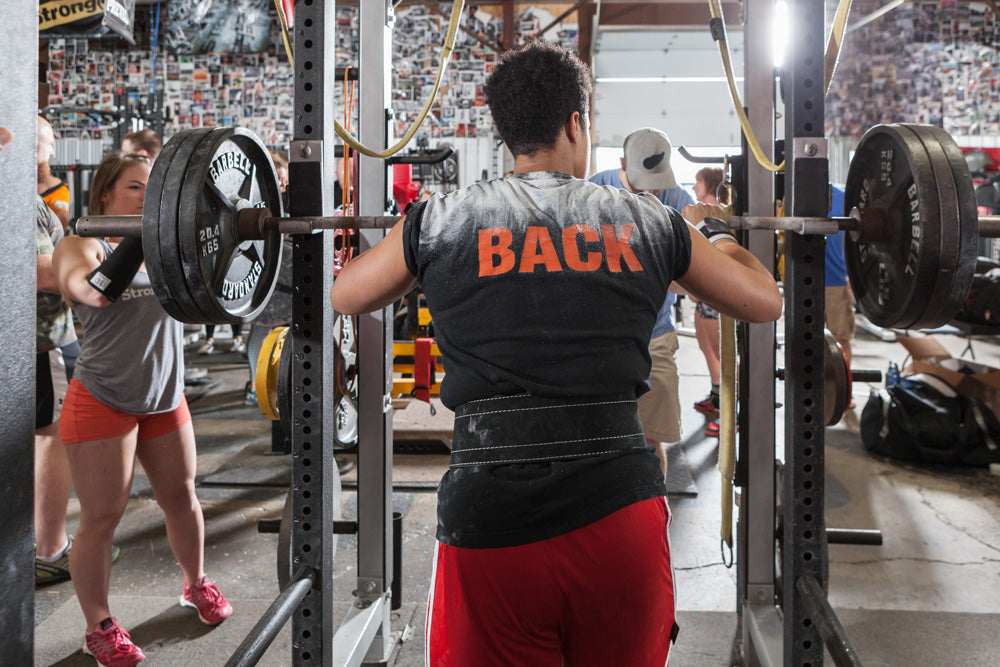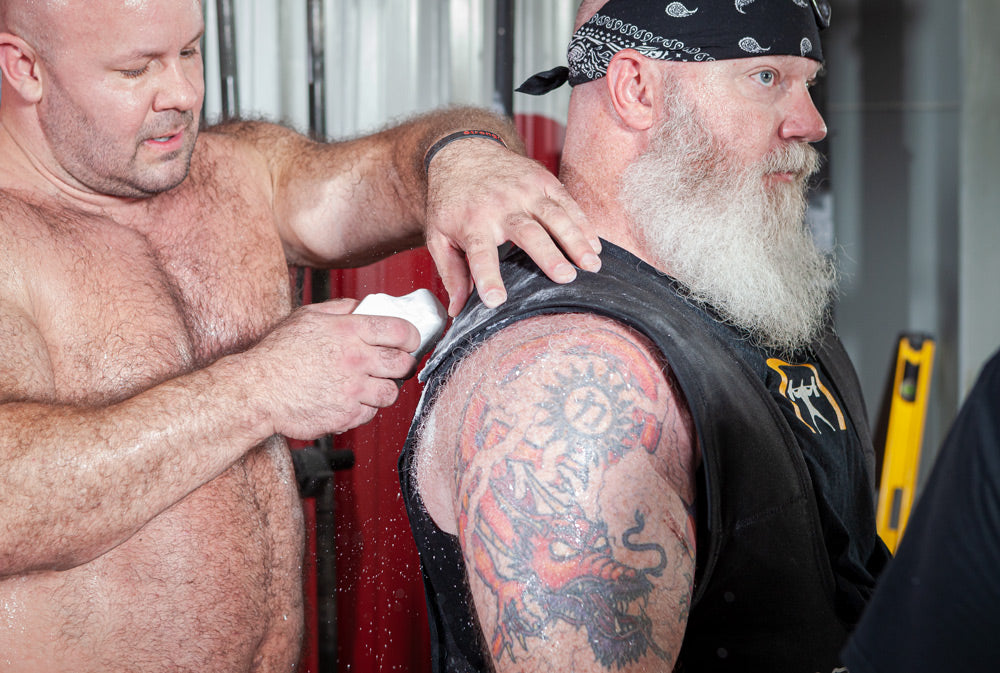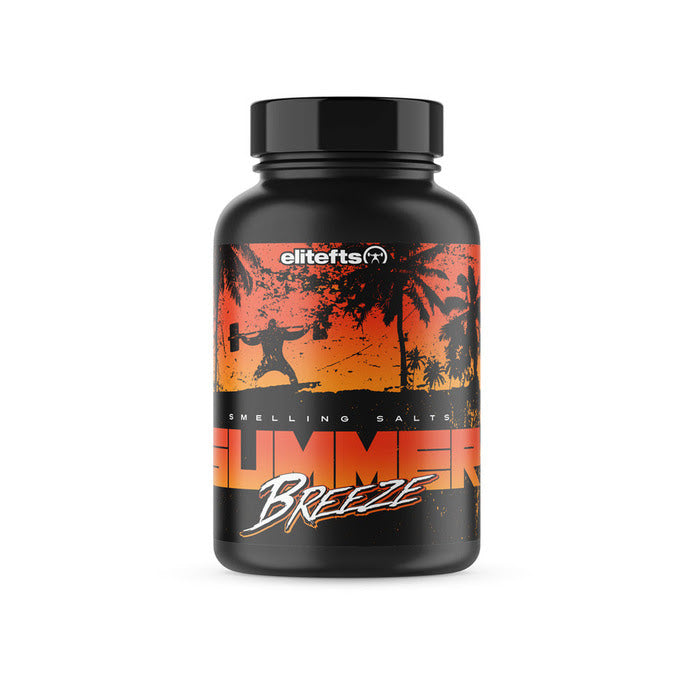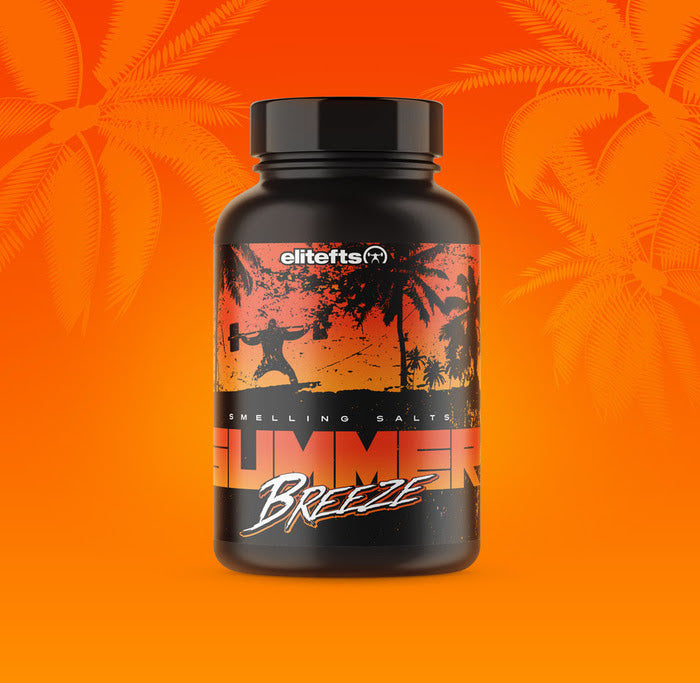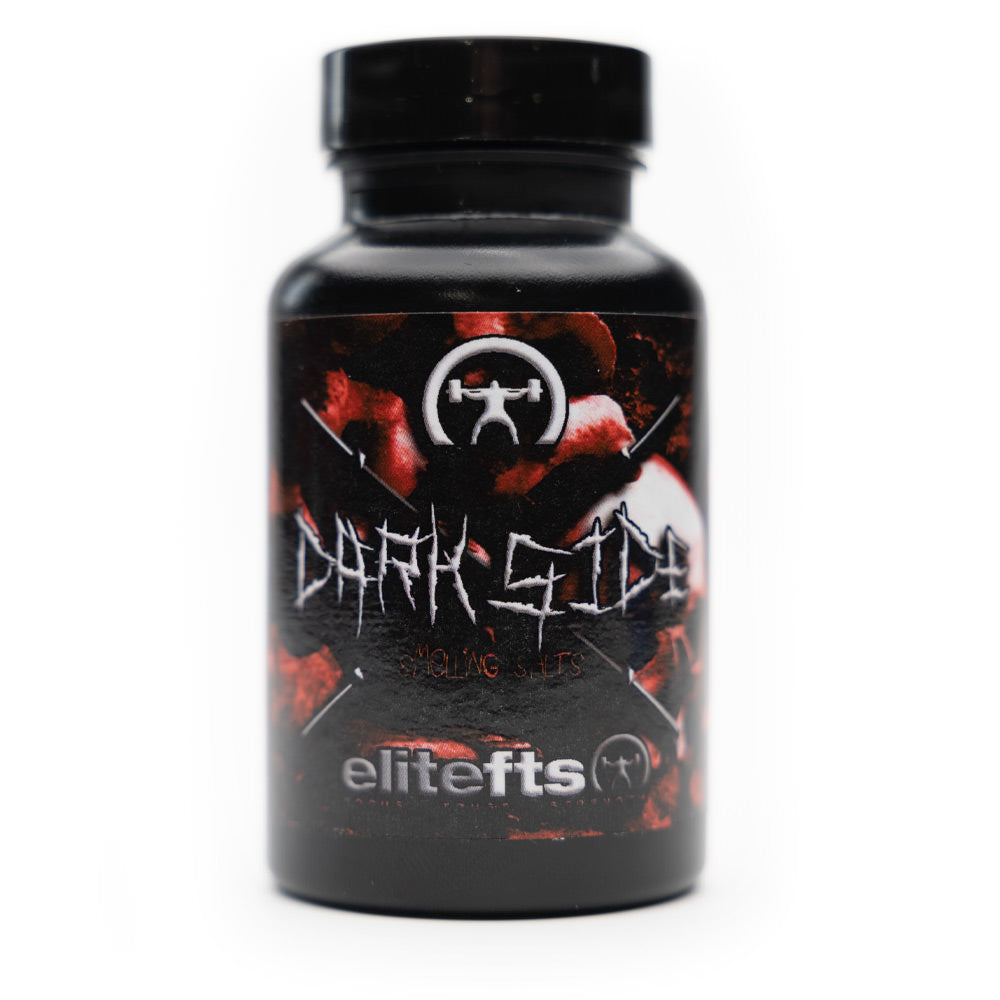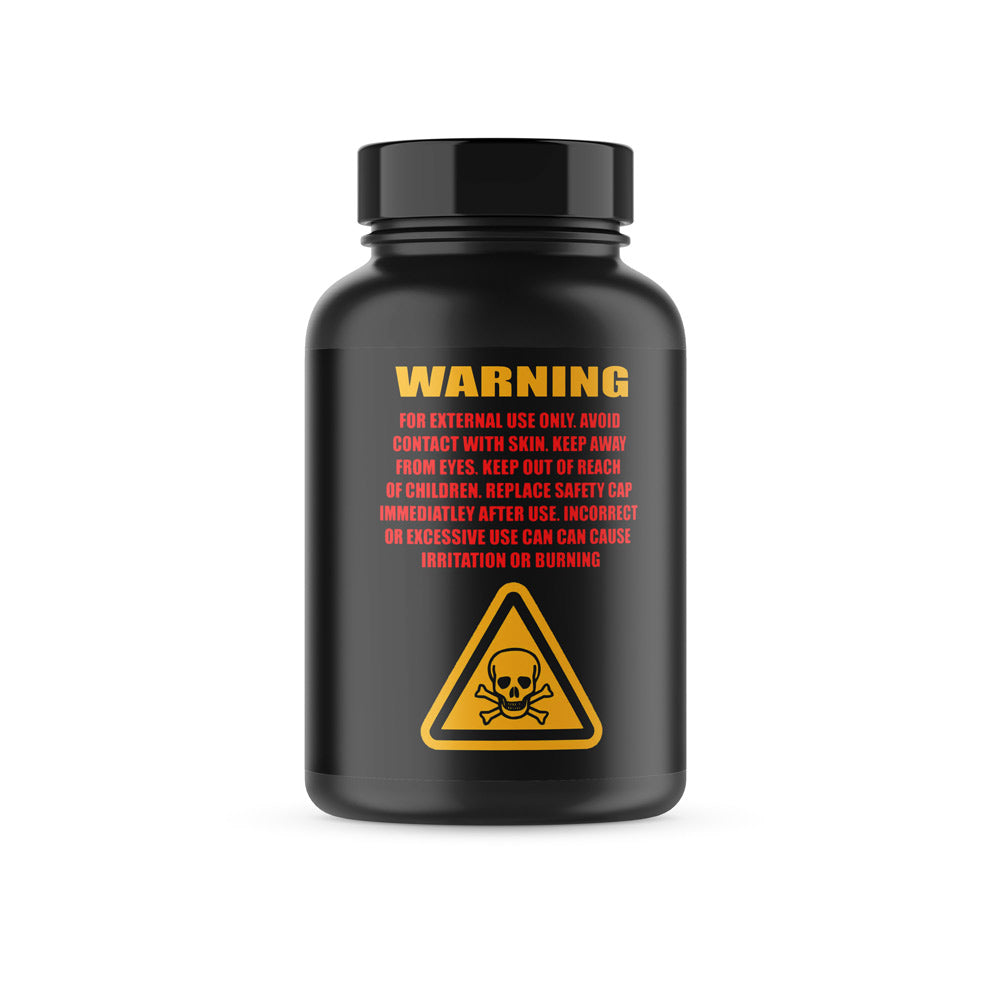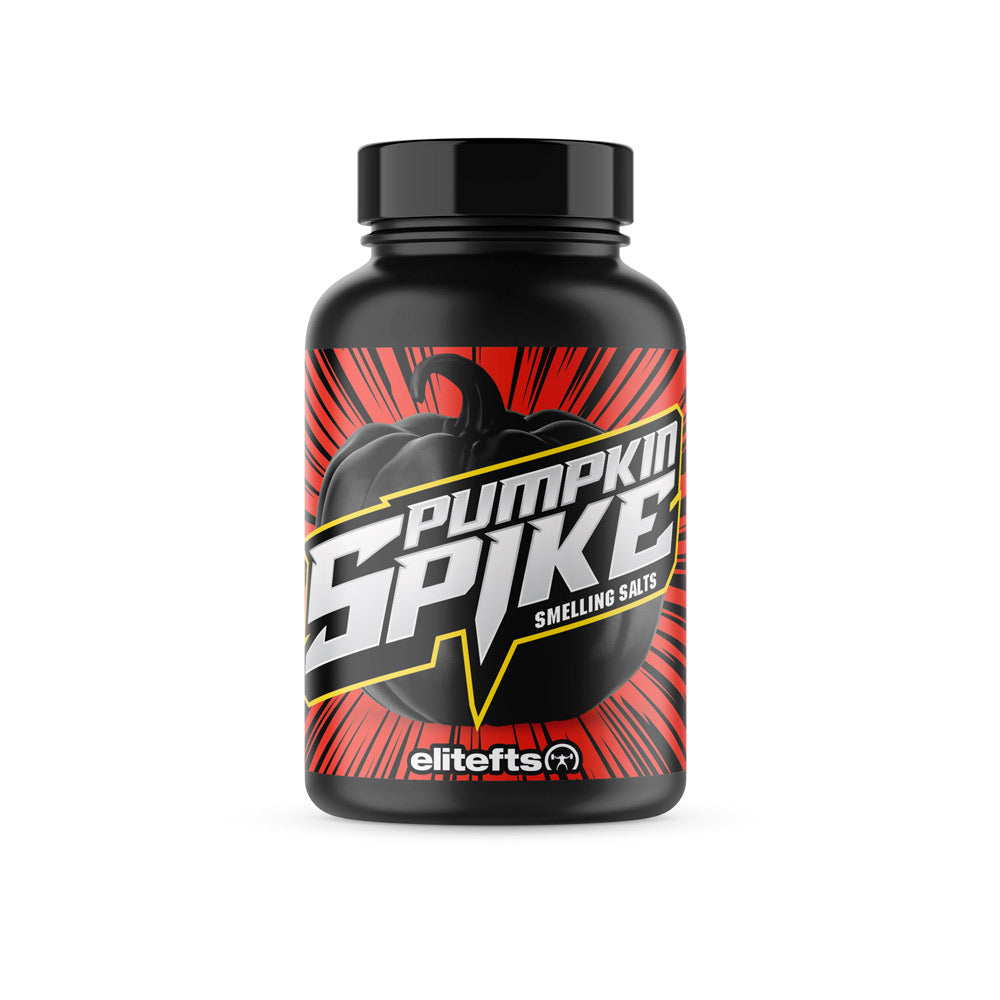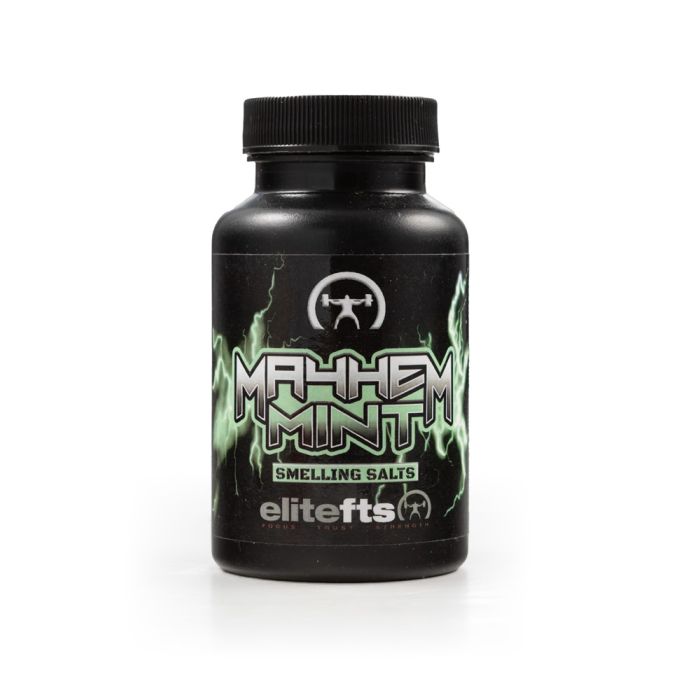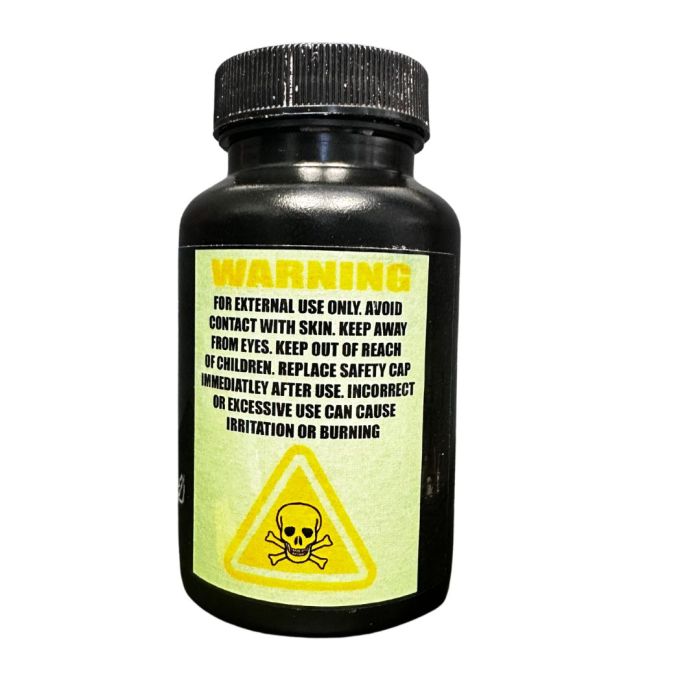
Disclaimer: Before you read this article, please note. Because this is my first EliteFTS.com article and some may not read my log, I’ll give a little introduction. First and foremost, I’m not an expert. I’m a lifter just like you. I’m not a trainer nor do I have any connection to the strength and conditioning field outside of EliteFTS. I love competition, and while I’m a great dancer, I’m not very good at much else. I have been competing since I was 18, and I’m a product of the current powerlifting climate. I have spent most of my lifting in multi-ply equipment and have loved every second of it. Early on, I had a lot of success. I hit my first 800 bench when I was 23. I totaled 2605 and benched 840 in a full meet a month before my 24th birthday. I have placed third at the Arnold Bench Bash and even got third at the First ProAm. So now you’re probably thinking who is this guy and what does he know about raw lifting? He’s obviously a gear whore. Why not write about gear? Well to prelude to the point of this article, I did my last multi-ply meet in March of 2008. At that meet, I hit a 925 squat, an 810 bench, and a 720 deadlift. After the meet, I had a bit of an empty feeling. I just wasn’t feeling it. I walked through the motions in my training and had an “Oh well” attitude about the meet. I remember saying, “Maybe I’ll get a deadlift PR. That’s enough.” While I have always loved the gear, I’m at a point now in my lifting career when trying to squeeze another five lbs out of my bench shirt just doesn’t excite me anymore. I needed to spice things up. What better way to mix things up then to pull 180 and do the complete opposite of what you’re doing now. I figured why not train for an unequipped meet—just wraps, a belt, and lots of ammonia capsules. So that’s got us caught up to now. After four months of training, I’ve completed my first unequipped meet and have started training for another one. Because this has been such a different journey, I wanted to share a few things I learned along the way. This isn’t a how to guide but simply an observation of one gear whore’s experience to another.
The squat: Where’s my box squat? This was the hardest lift to get used to. Because I was used to squatting in four layers of gear, going down to nothing was a big shock. Any raw full squat that I did was off a box. While I did get plenty strong at box squatting, there was no carryover to my full raw squat. I could squat in the mid-700s for reps off a parallel box, but in the first weeks of my unequipped odyssey, a 700 to legal depth box-less squat would have crushed me. The first big thing to overcome was the total lack of any power coming out of the hole. I have squatted wide for five years. My hips and ass were three times the size of my quads. Going wide and raw didn’t work for me. I brought my stance in to shoulder width and really stepped out of my comfort box. My quads were terribly weak. My low back and hamstrings pulled the way for the first few weeks. This worked, but my technique suffered. To bring my quads up, I began doing high rep leg presses and high rep leg extensions every week. I needed a crash course in quad development, and this fit the bill. Nothing fancy here, just some burning quads. I hit high reps to really condition my quads for the increased work load that they were suddenly subjected to. The high reps also gave me a form of pre-habilitation because now I was squatting much deeper and my knees were susceptible to more injury. The second light bulb to go off in my head was that I never realized how little abdominal work I did. One of the first things I did was think about what I was missing without a squat suit. Core support! My first goal was to get my abs into shape. I realized that doing some sit-ups after squatting once a week wasn’t going to cut it. I began to hit my abs four times a week. I did this religiously. I didn’t do anything special, but by adding three more days, I had increased my ab work by 300 percent. I did mini band sit-ups, standing cable ab work, twists with a barbell coming out of the corner of a wall, and side bends. I had to hit my abs from all angles to get them to a level to where I felt strong.
Basic pointers Use a close stance—shoulder width or slightly closer for maximum push out of the hole. Use a close grip. Keep your hands closer for a more upright position. Keep your head up. The body goes where your head does. If your head is up, your back is arched. Keep your toes straight out or just slightly turned.
Bench: A benchless bench routine? Going into this meet, I had some very high expectations for my raw bench. At my best, I was able to go up to the mid-500s a few times around the year while consistently hitting 800 plus benches in full meets. Knowing this, I figured I could finally focus on my raw bench and raw bench every week. What happened? My raw bench dropped 10–15 percent over 8–10 weeks. I was benching heavy every week and it just wasn’t cutting it. When I looked back over my training and wondered how I was so much stronger, a few things came to mind. One thing was I was 30 lbs heavier. Because gaining 30 lbs wasn’t an option that I wanted to choose, the second thing that came to mind was how little I actually raw benched. I mainly hit the board and various special lifts in between my many shirt cycles. Knowing this and that my bench couldn’t get any worse, I decided to do a “no bench” bench routine. Figuring that I couldn’t get any lower, I decided to rotate foam presses, 2- and 1-board work, and reverse band benches. I chose these exercises primarily because I liked them and they work. Ten weeks out from my meet, I missed a touch and go bench of 510 lbs. In my meet, I was able to hit an easy 500 and go on to miss 525 for a technical reason. From never raw benching, I never gave myself a chance to overtrain the movement. I’ve now learned to cycle my training and keep my volume and weights relatively low. This is a topic for another article though.
Basic “non bench” bench cycle Week 1 2-board 2 Foam press 3 1-board 4 Reverse band 5 Deload 6 2-board 7 Foam press 8 1-board 9 Reverse band 10 Meet
Basic pointers Maximum grip should be kept to the ring finger or closer for optimum drive off the chest. Rotate the shoulders back and get your traps under your body. Keep your feet behind your body for optimum leg drive. Squeeze the bar once it’s taken from handoff. Let the bar settle into your body after handoff to shorten the pushing distance. Get a big air. If your stomach isn’t tight, your legs won’t have anything to push into to get your chest closer to the bar.
Deadlift. I actually have time to pull now. From prior training and being in gear, a squat workout would take three hours and then I was just warmed up. Now that I was raw and done squatting in 30 minutes, I had time to actually train my deadlift. The three things that I chose to do were block pulls of a four-inch block, full pulls starting from the top of the rack, and speed pulls. One thing I did was pull heavy every other week. I had put five lbs on my pull in two years and knew I needed a change. The only obvious change that I saw fit was more work. I cycled these three workouts over the course of 16 weeks. I chose a 16-week cycle for my pull because it’s a lift that doesn’t make huge jumps. It should be treated this way with a longer, more realistic training cycle. I found that by doing these lifts and not actually full heavy pulls, I didn’t reach stagnation because I never actually pulled off the ground over 405 lbs in 16 weeks out from the meet—only one time at five weeks out. (The full pull triple at five weeks was to reiterate my form with the heavy weights.) I went on to hit a 20-lb deadlift PR of 740 lbs but without a suit on. My best pull was 720 lbs with a Metal Deadlifter.
10-week raw deadlift cycle Week 1 Pulls from the top 2 Speed 3 Pulls from the top 4 Speed 5 Pulls from the top 6 Speed 7 Block pulls 8 Speed 9 Block pulls 10 Speed 11 Block pulls 12 Speed 13 Tripe at 90% if goal 14 Deload 15 Speed pulls 16 Meet
Basic pointers Other than getting a big air before you pull, I’m not going to give any basic pointers here because I don’t have any. I just bend over and rip that fuc#@% bar as hard as I can. Because I pull conventional, this seems to work for now.
Assistance work: Cover it, don’t smother it. What I mean is just get it done. Don’t create a workout for a bodybuilding magazine. I found that without equipment, recovery was much slower and harder to attain. You only have so many punches in your card before they’re all out and you’re overtrained. When you’re out in the dessert and trying to survive, what’s the first thing you do? Cut loose the things you don’t need. Early on, I learned that less is more. While I’ve always believed this, I never believed in it more than this training cycle. The biggest example for this was my delt and lat work. Obviously, the rear delts and lats are important not only for the set up of the bench but the execution as well. In order to focus on the big three, I needed to cut back on some things. I tried to pick exercises that were easy and efficient. I began doing pull-ups and mini band pull aparts. These two exercises made up 90 percent of my assistance work. I made these two exercises a staple in my training and did both twice a week. I figured that these two exercises work and the worse case scenario would be that I was a little undertrained. Being that the core was more overly taxed than I was used to without squat gear, I had to give my low back and core a break throughout the week. Sticking to body movements and band work fit the bill well.
Summary The biggest thing I have taken away from this training experience is the need to cycle your volume and weight. In order to be efficient at the movement, you must train it, But how and with what weights is the key. I know basic periodization is frowned upon these days, but I did find it essential to improve the big three. A deload week every four weeks was also crucial as it allowed for enhanced recovery, which your body needs because briefs aren’t worn to protect your hips. Raw lifting is a different challenge then multi-ply lifting. I wouldn’t say that it’s harder per say but different. To measure the two is difficult. I do know that “going raw” in the bedroom is definitely better than going raw on the platform. But again that’s a different article as well. You trade one frustration for another, but I will say that I have a passion for lifting more now than I did eight months ago. While I’m not turning my back on the gear, I’m going to give raw lifting a few more tries before I dig out my suits again.





